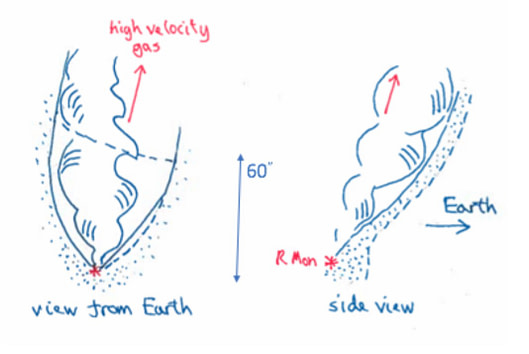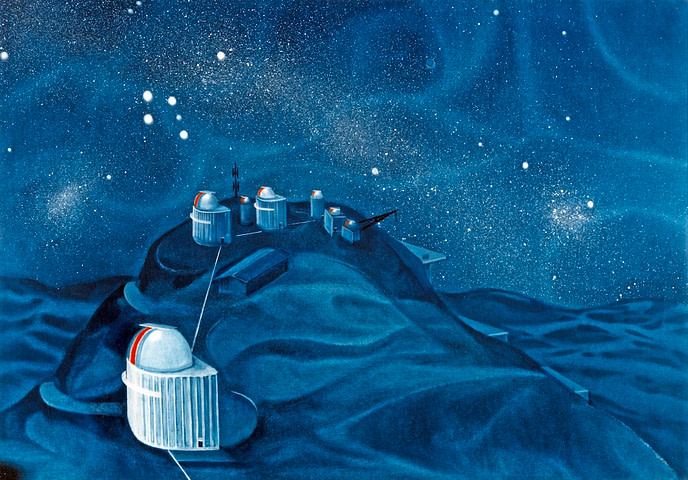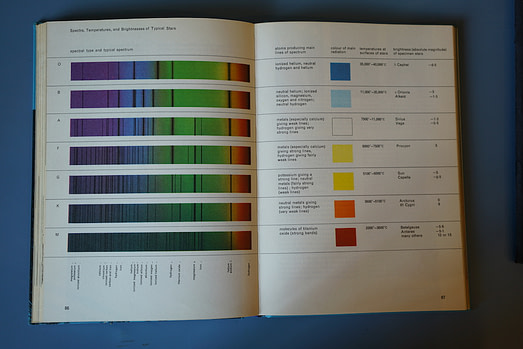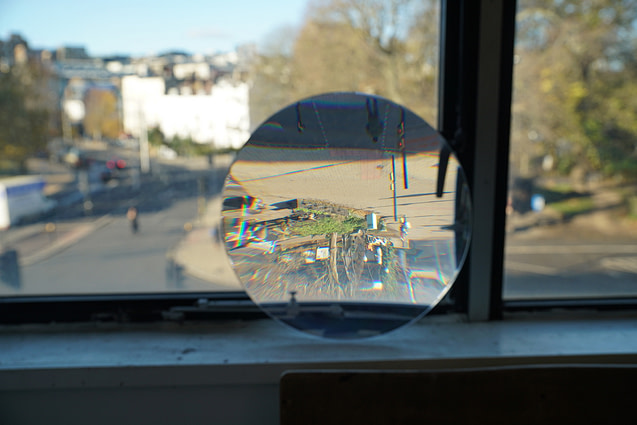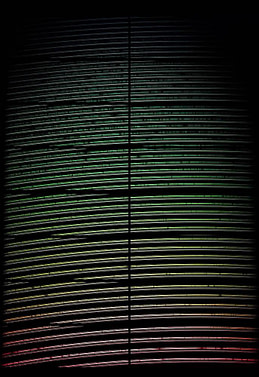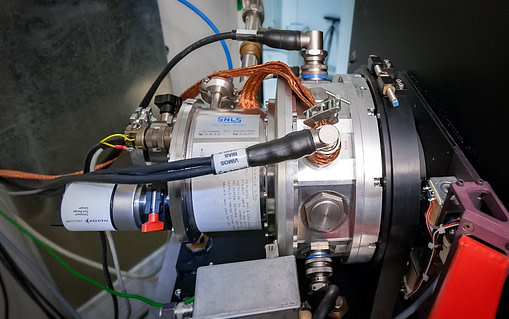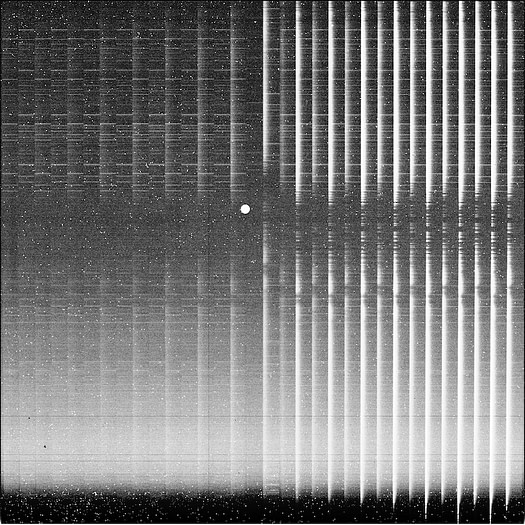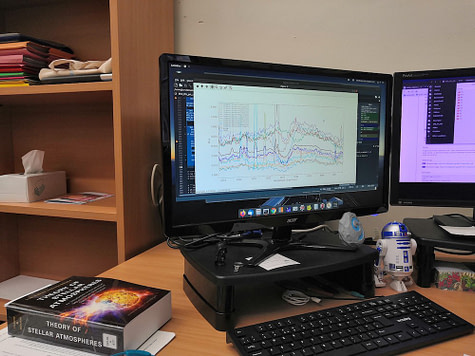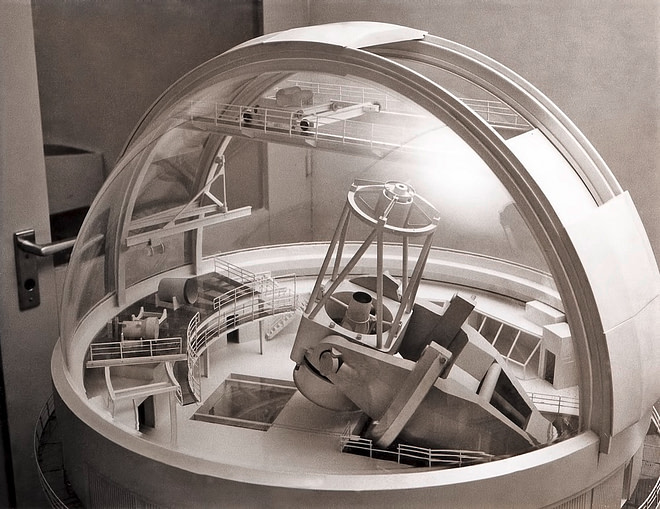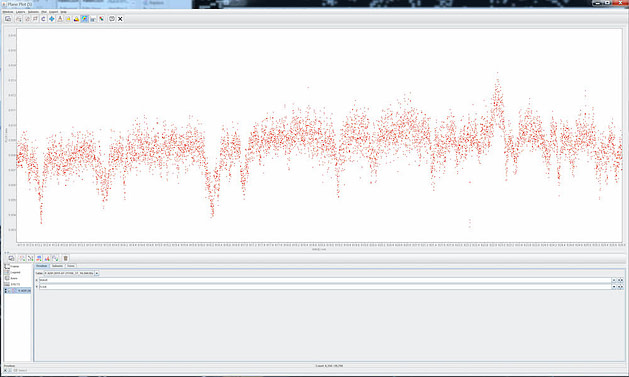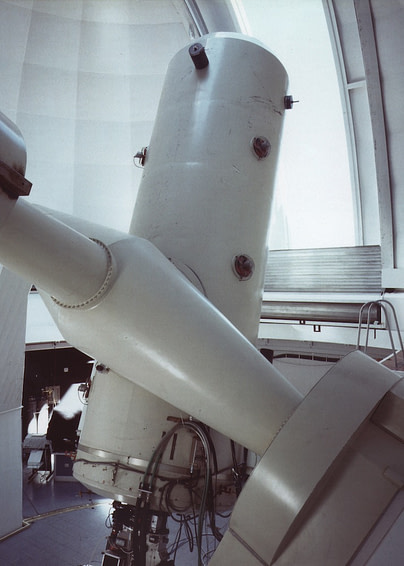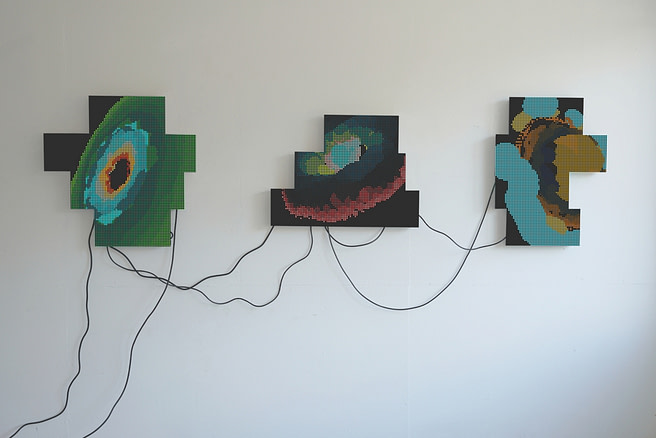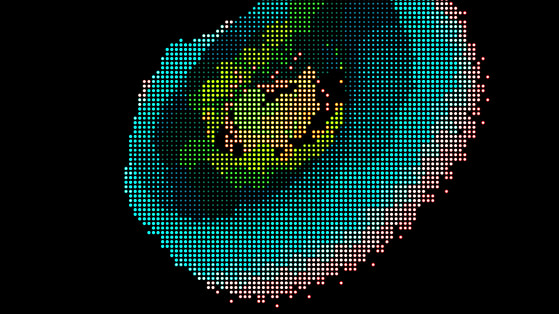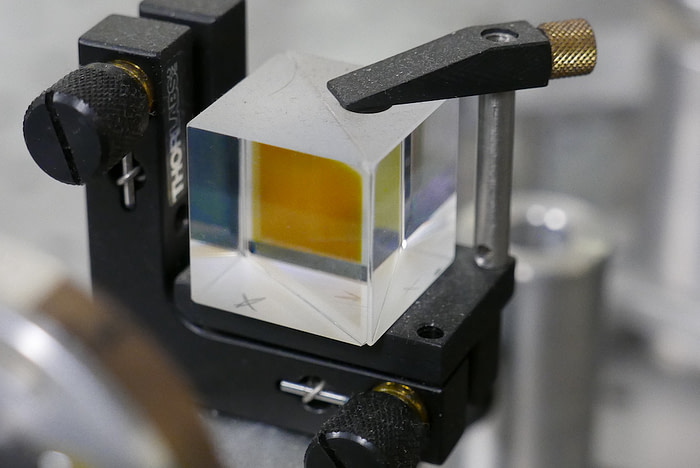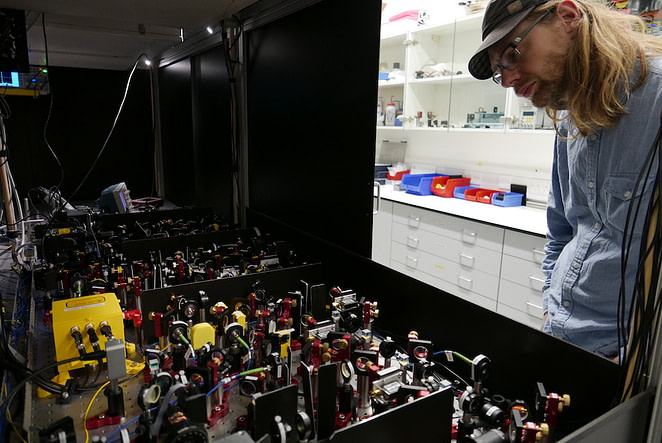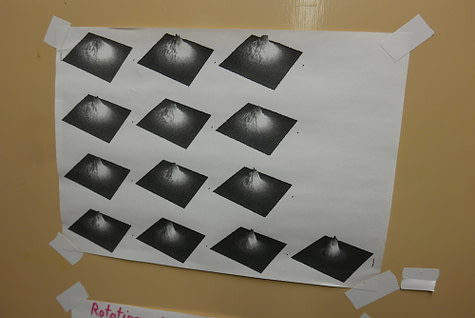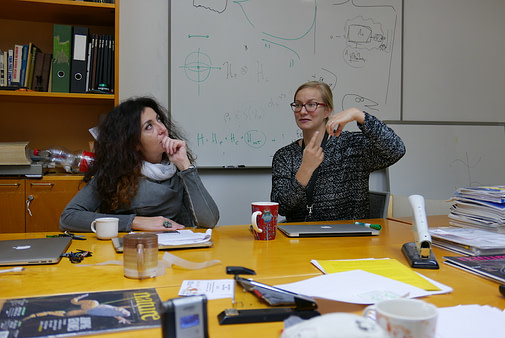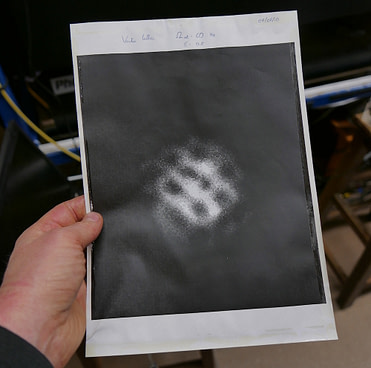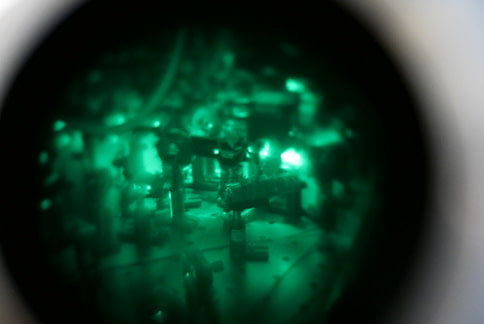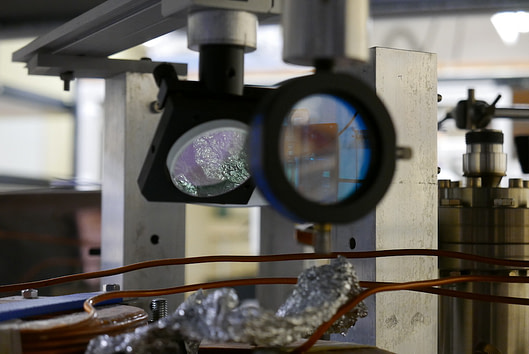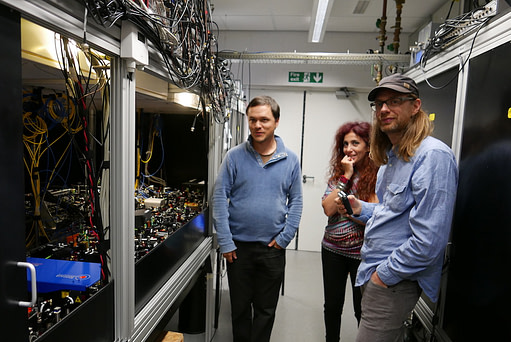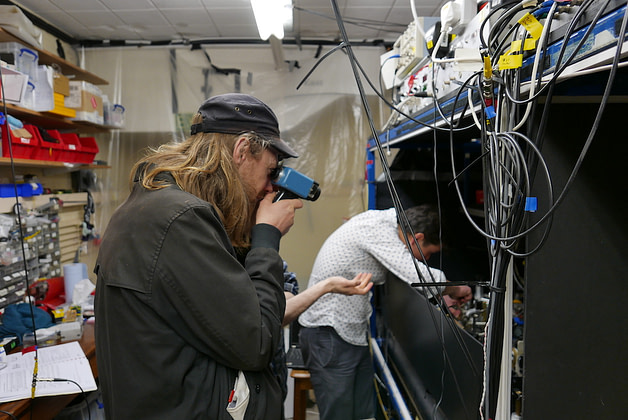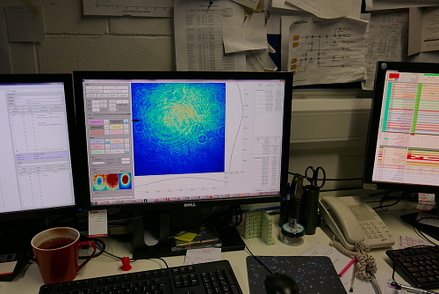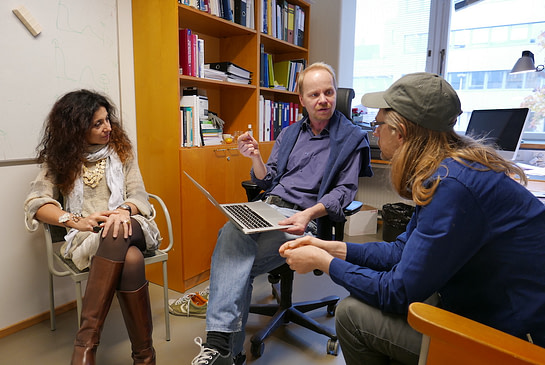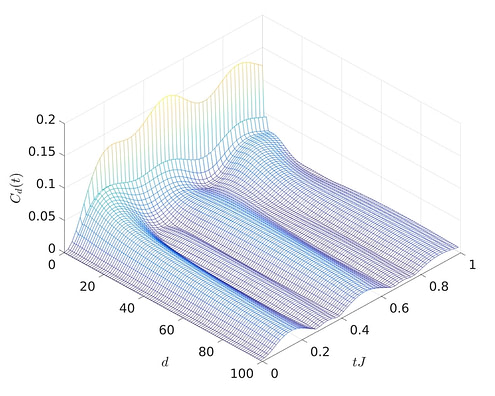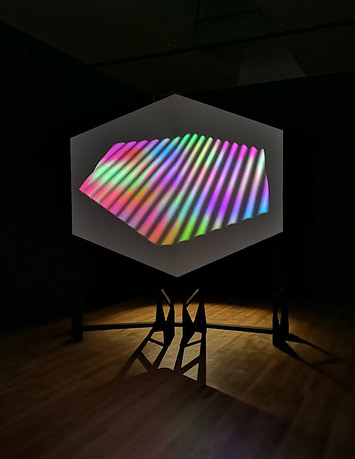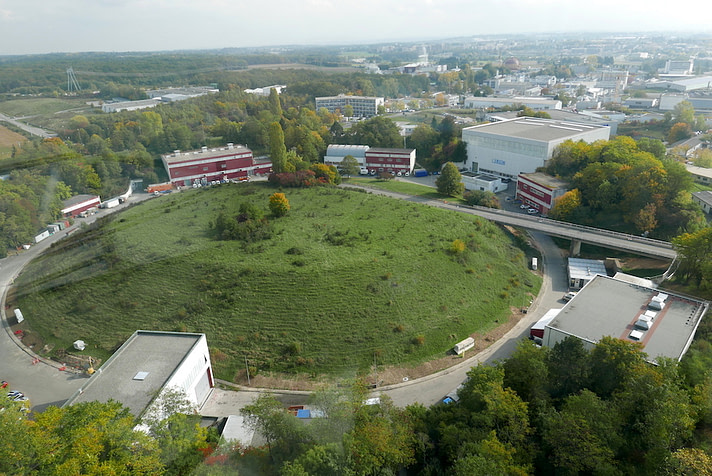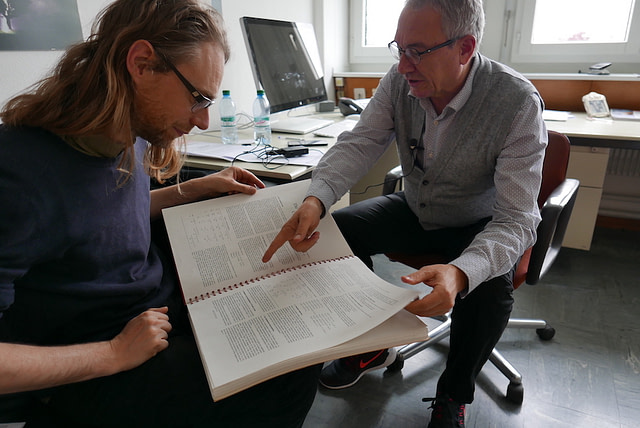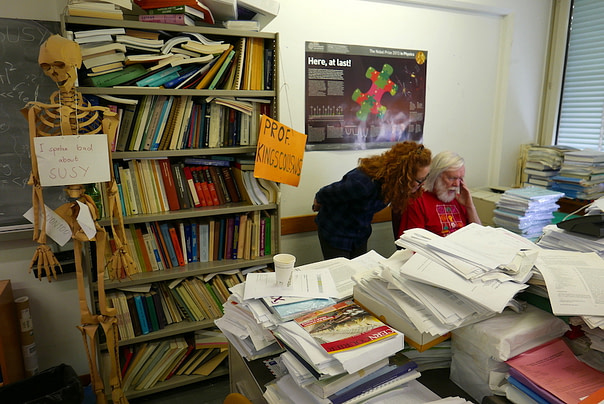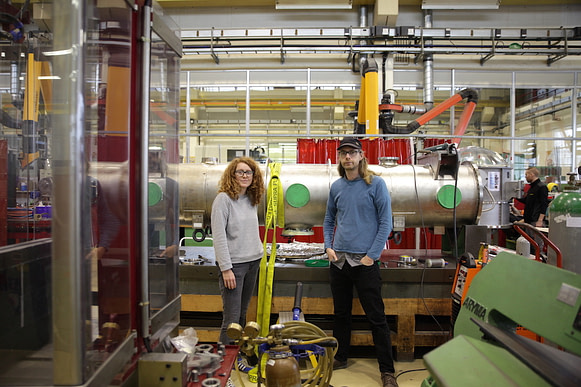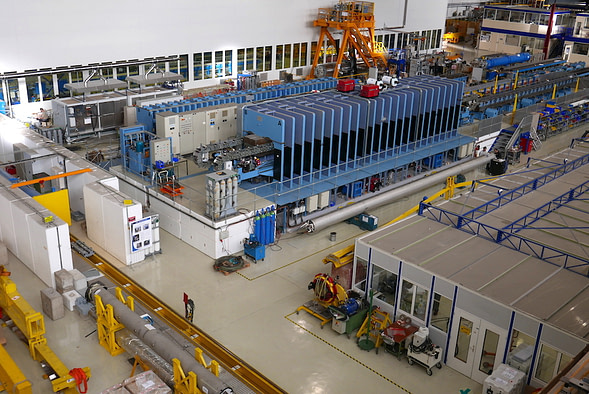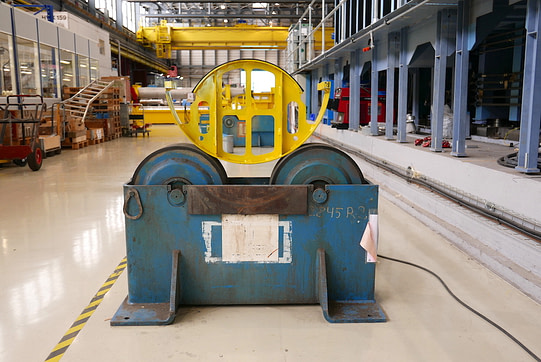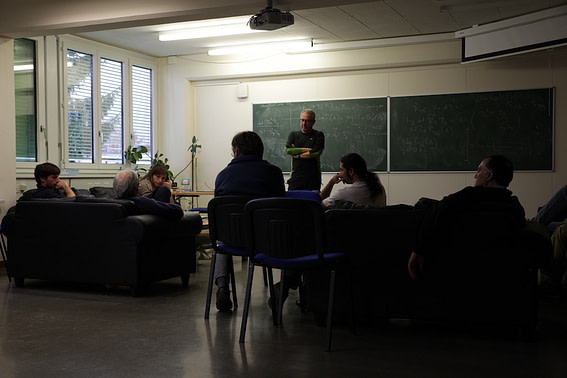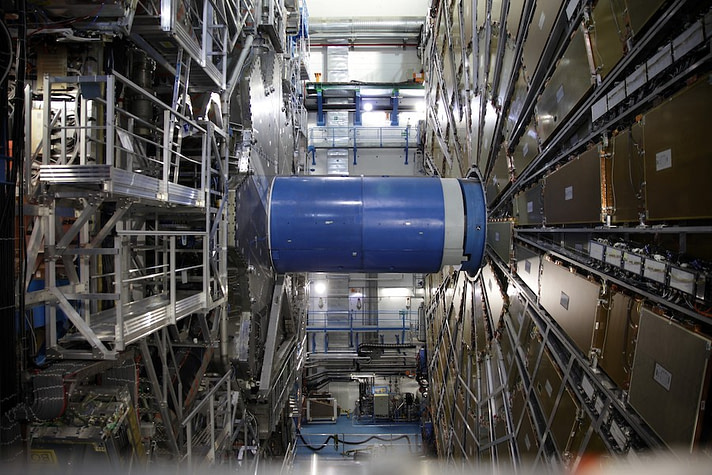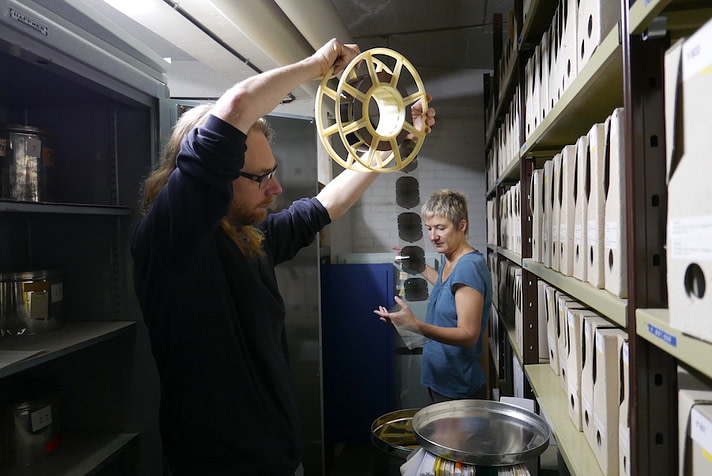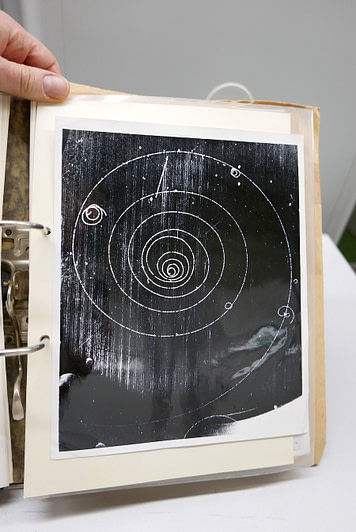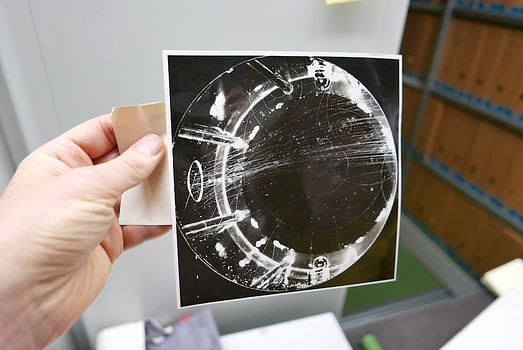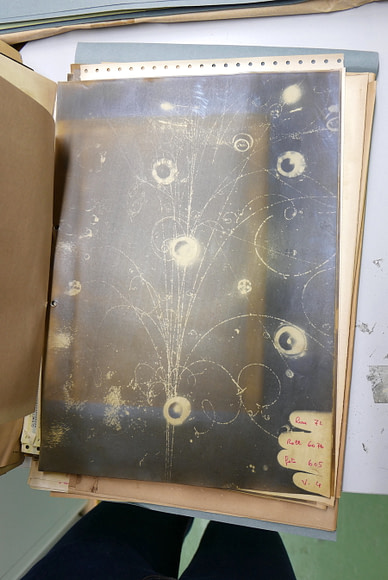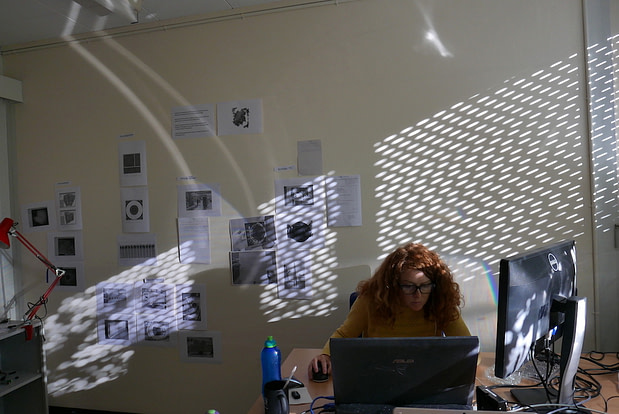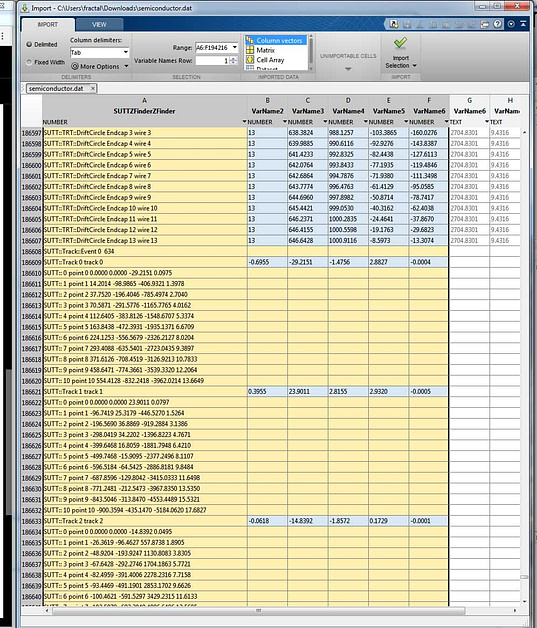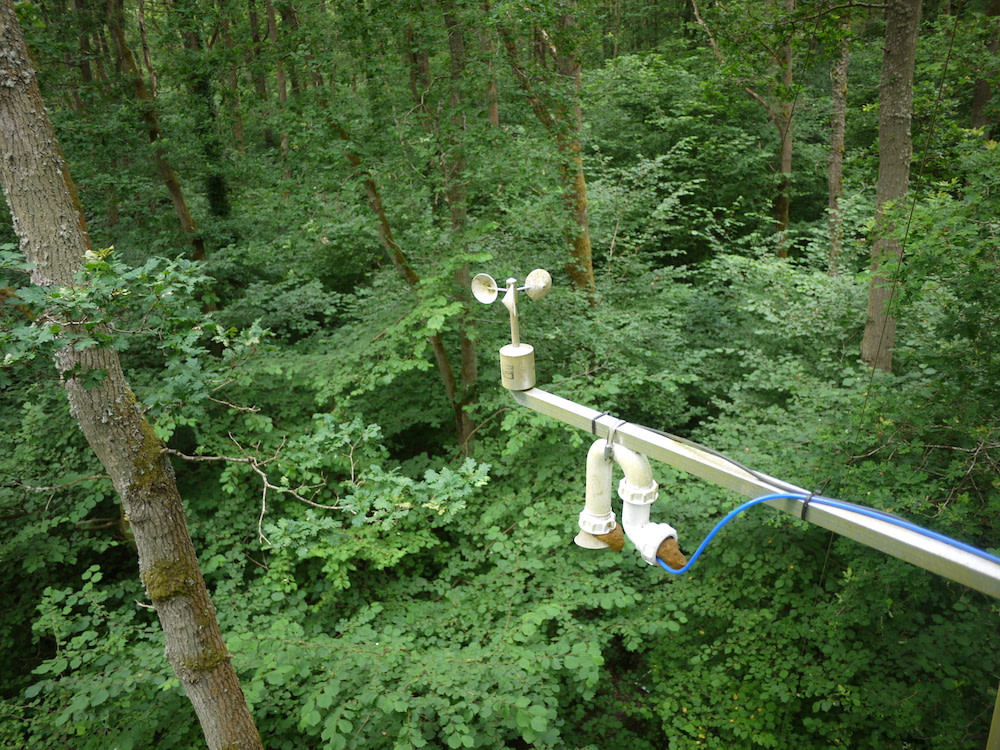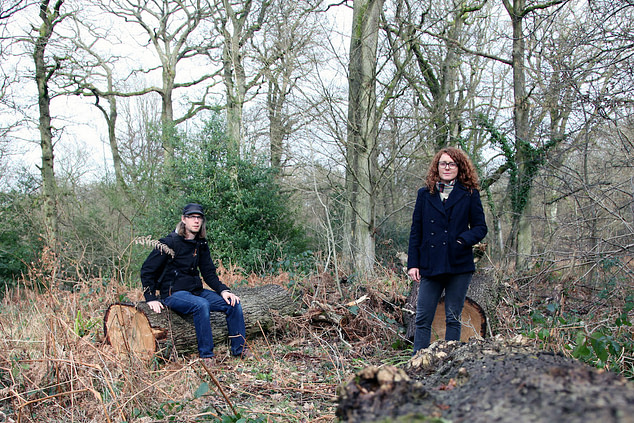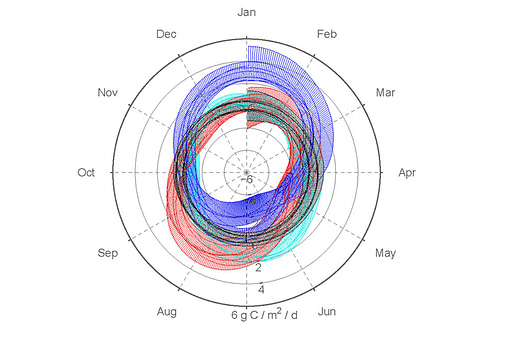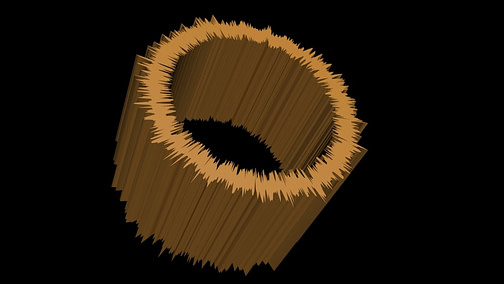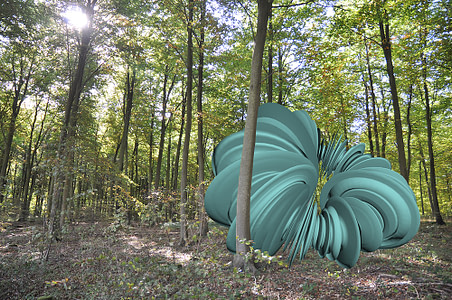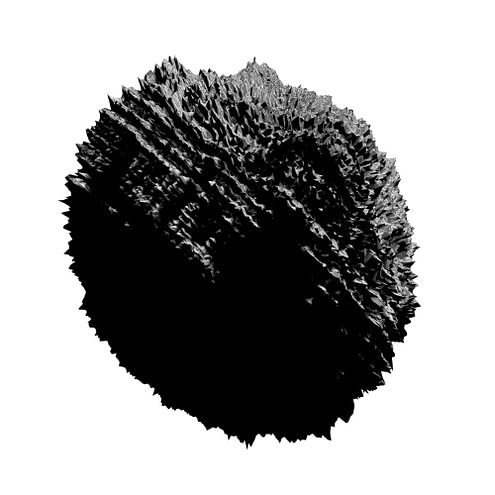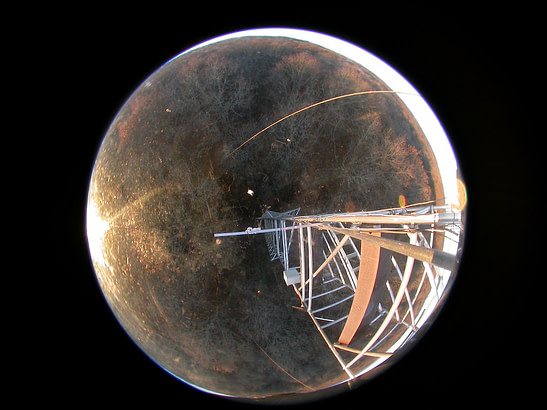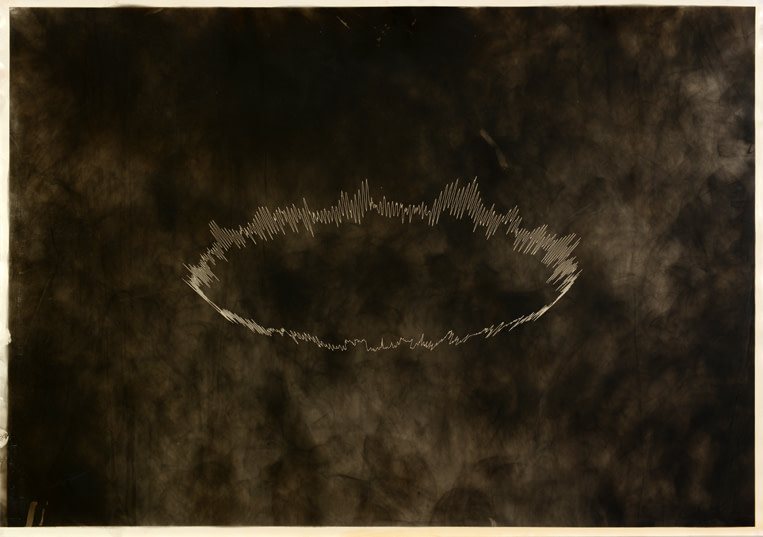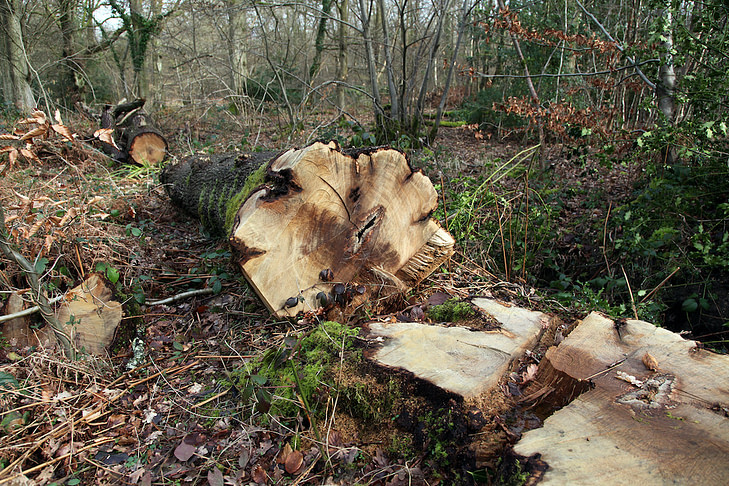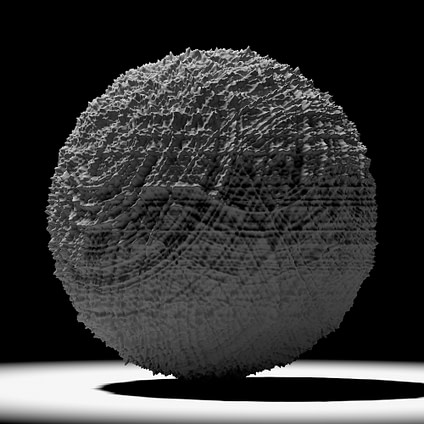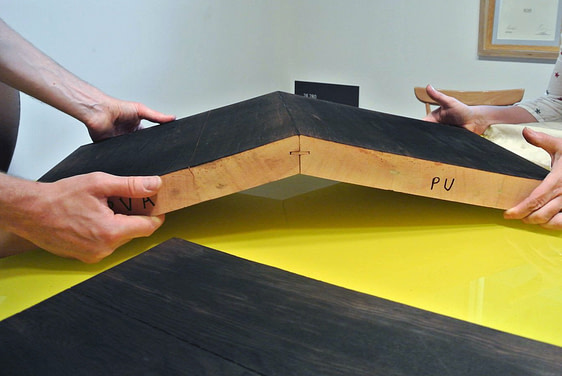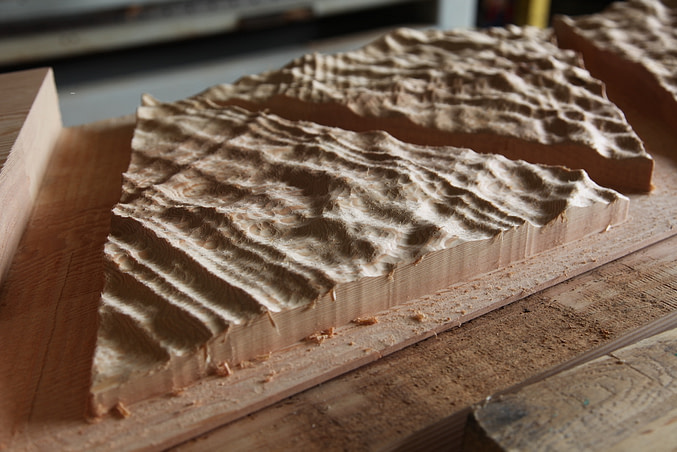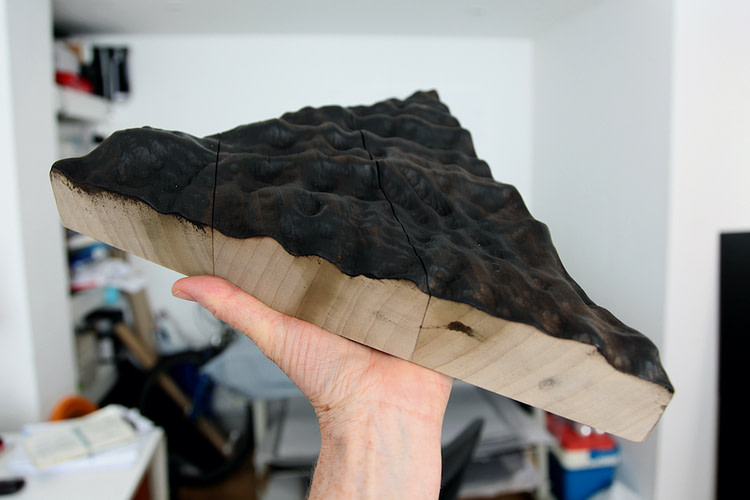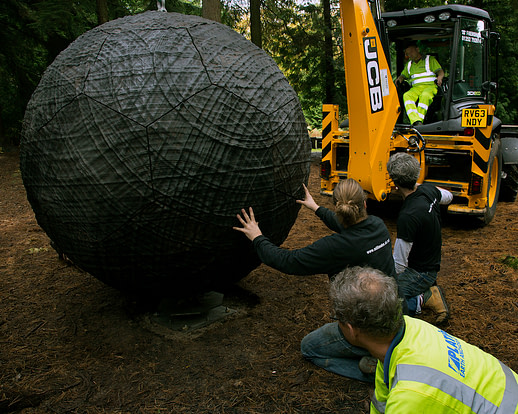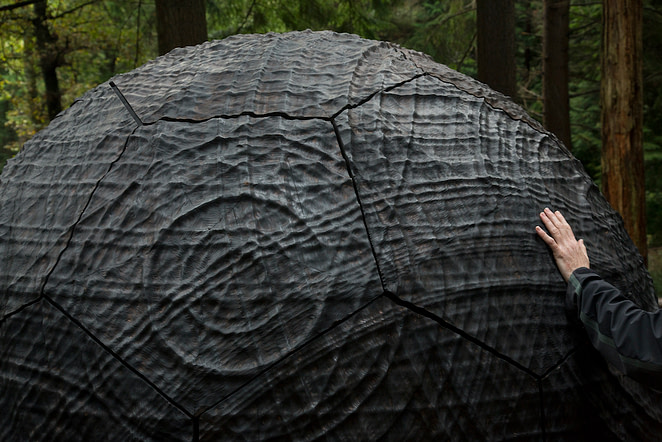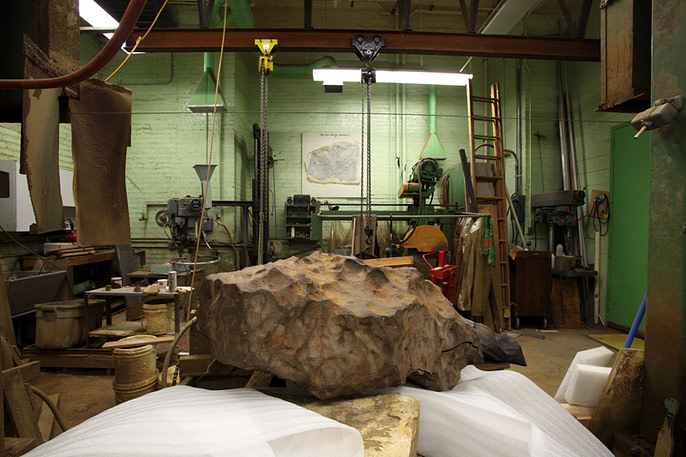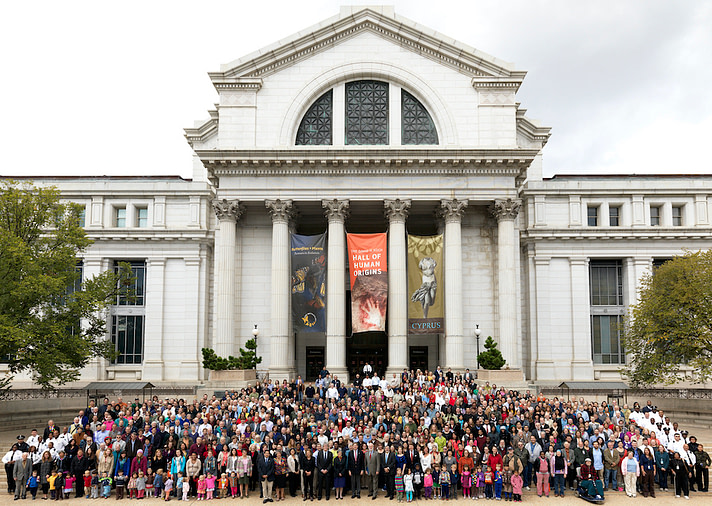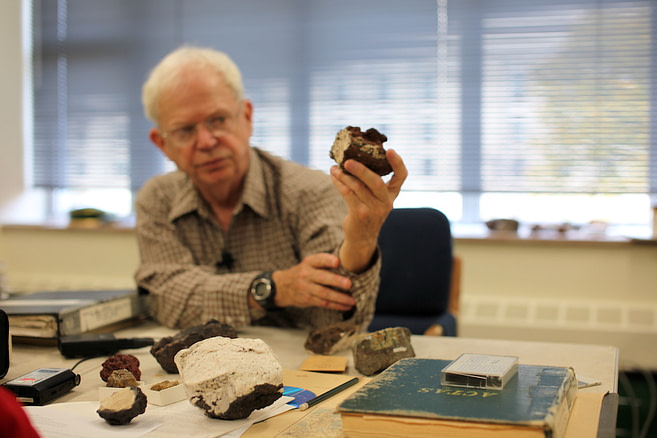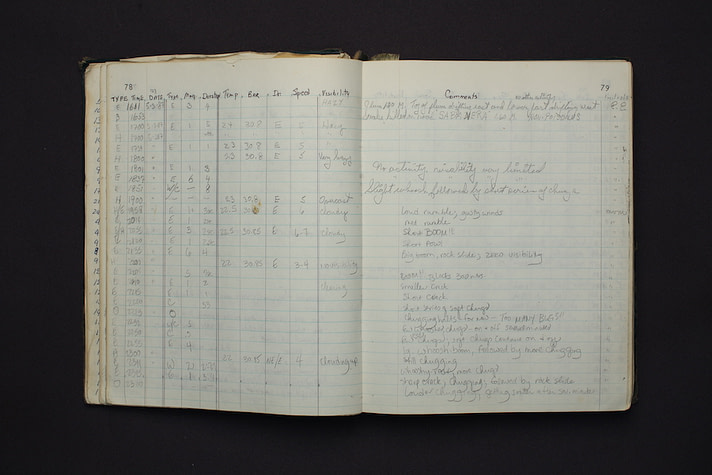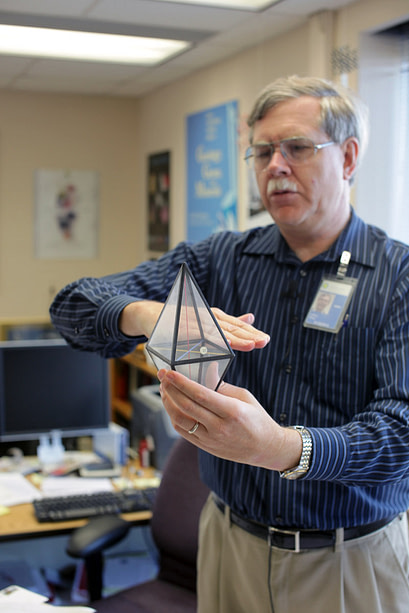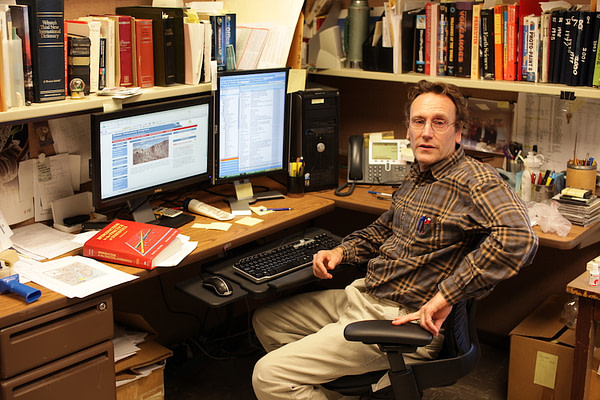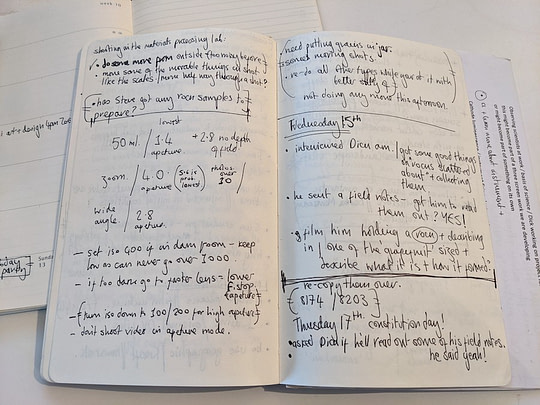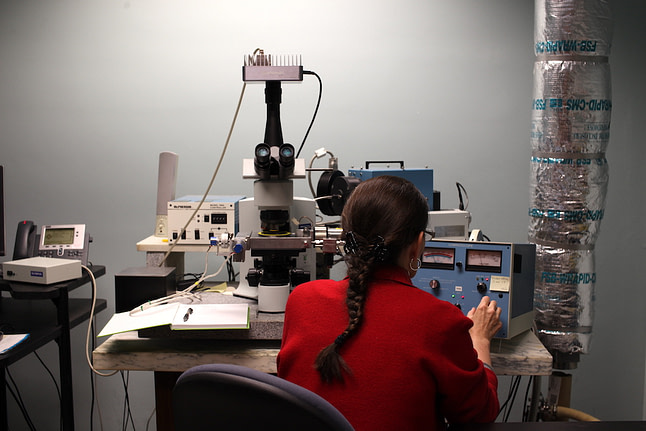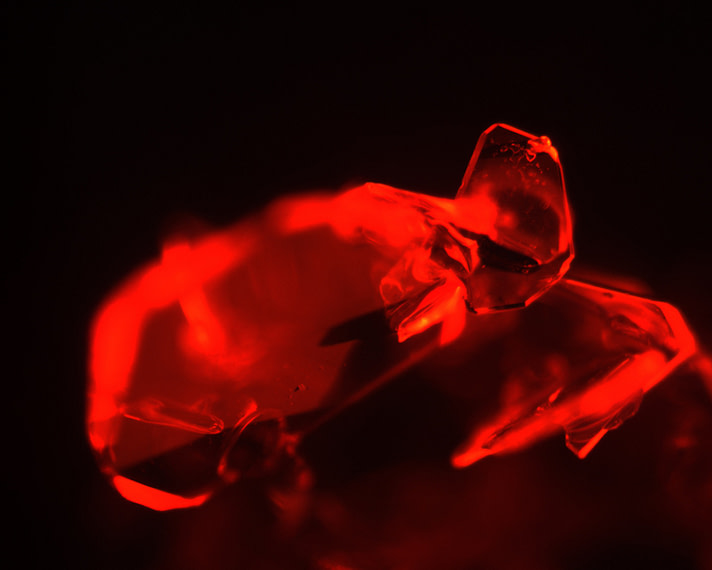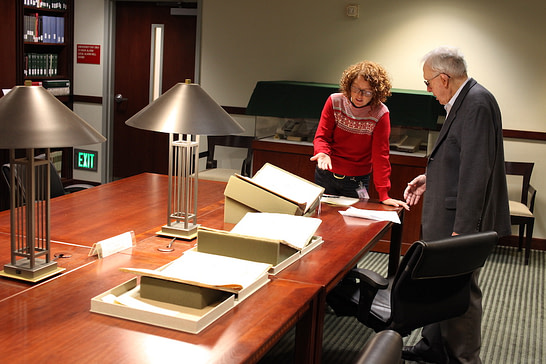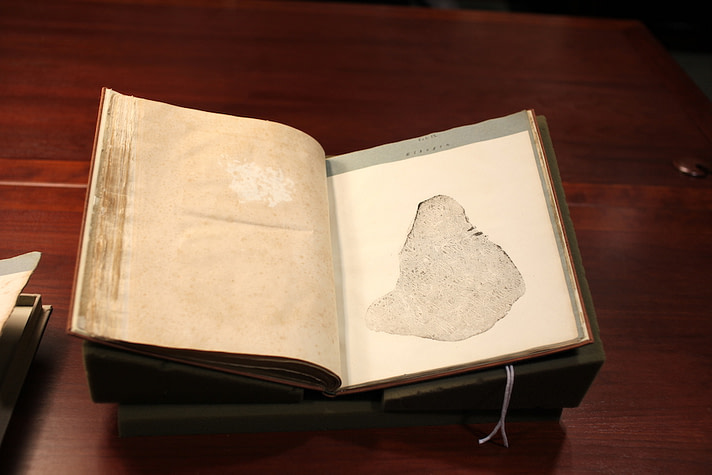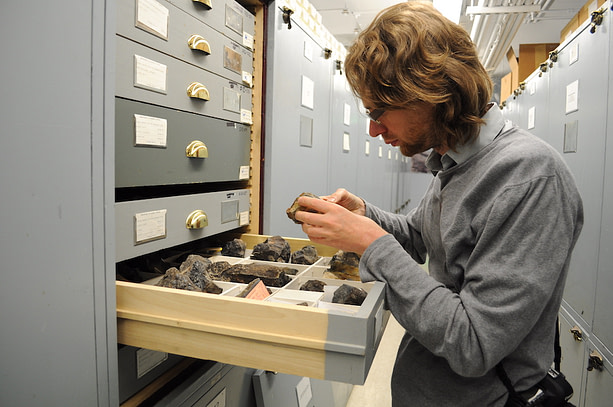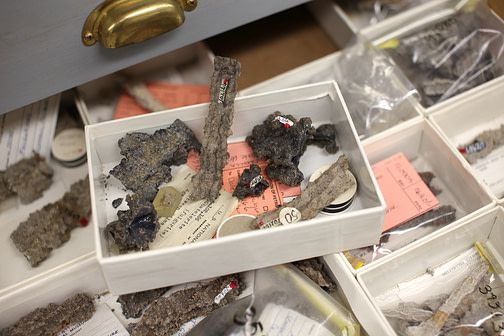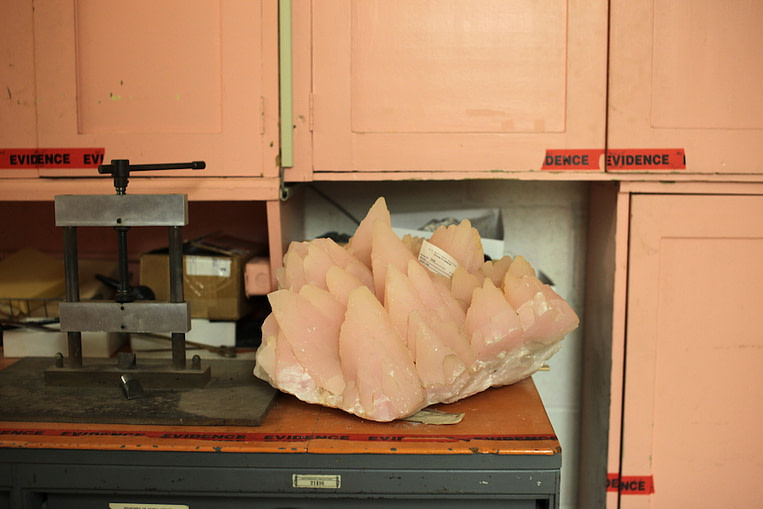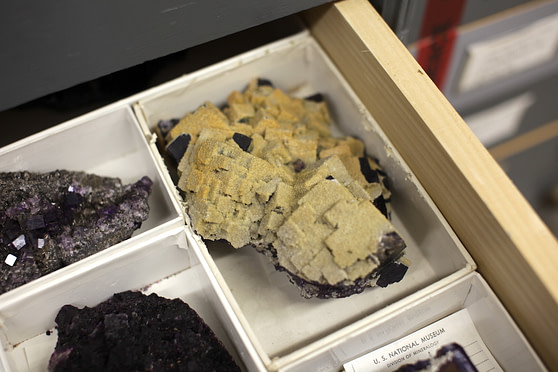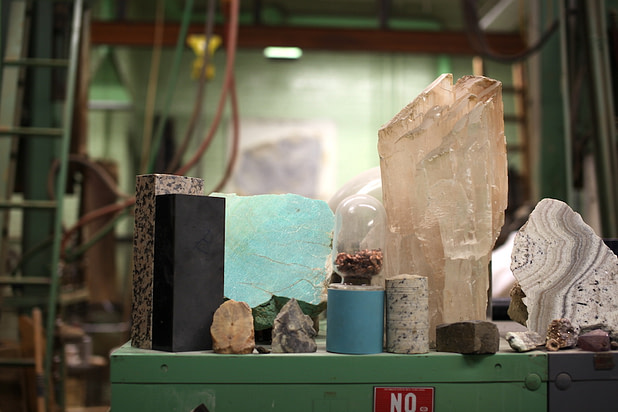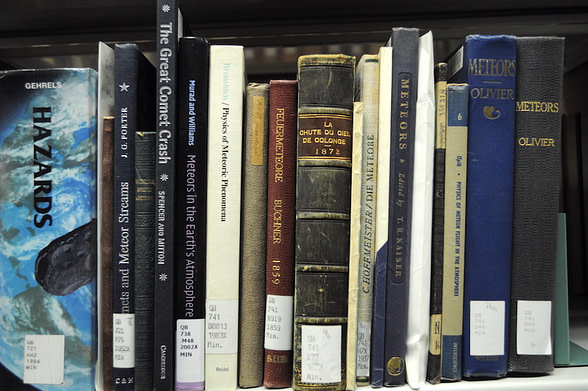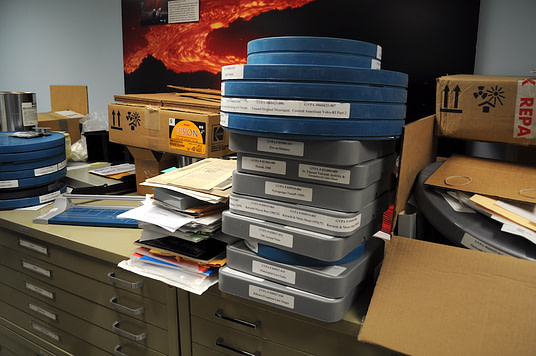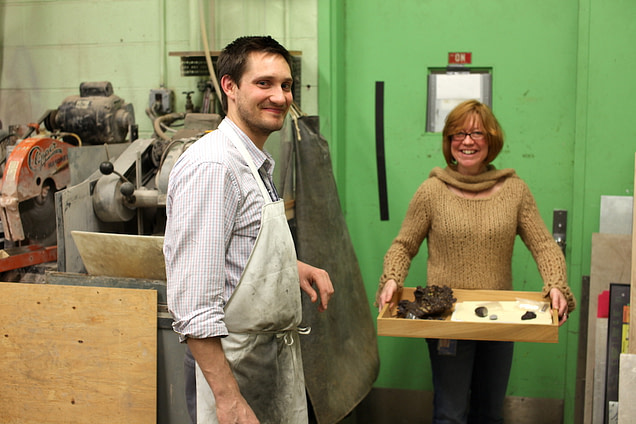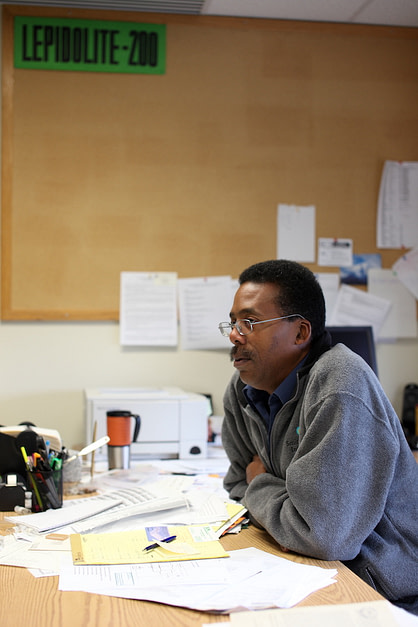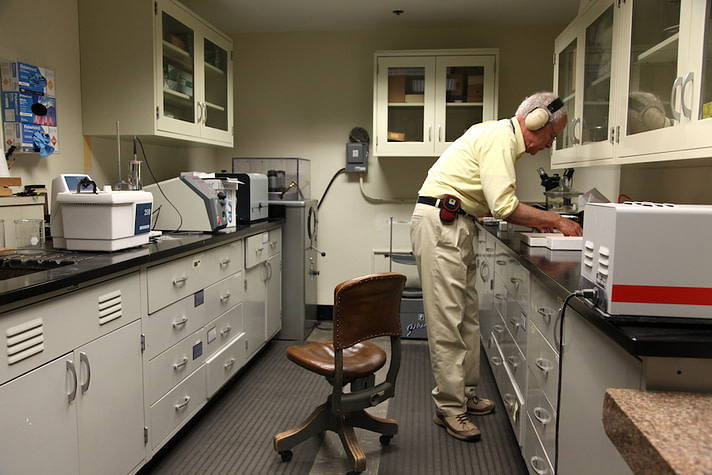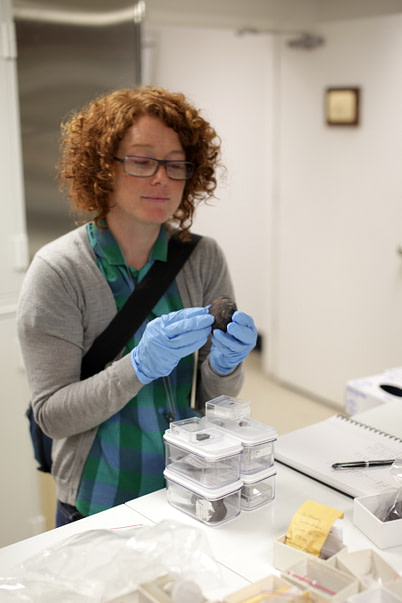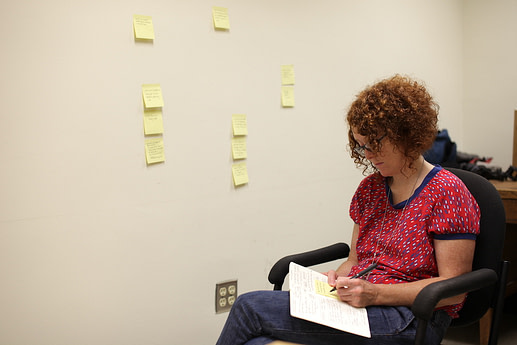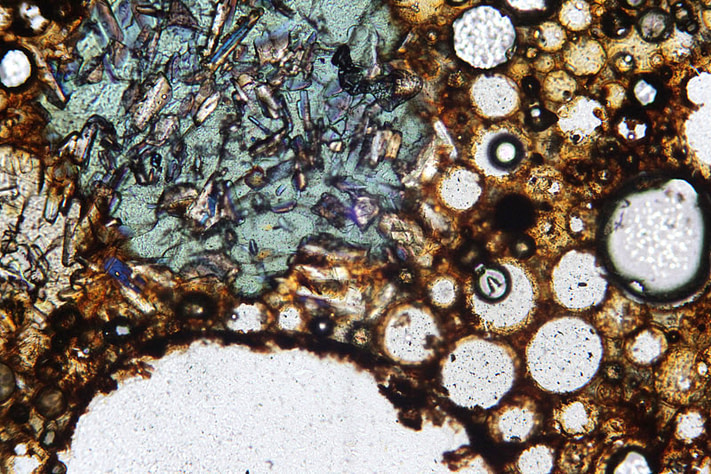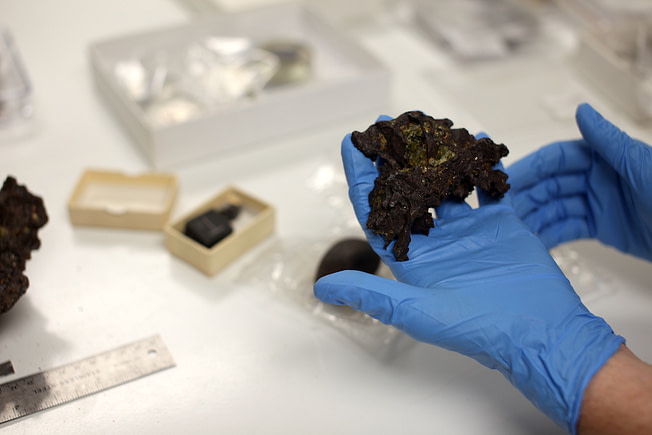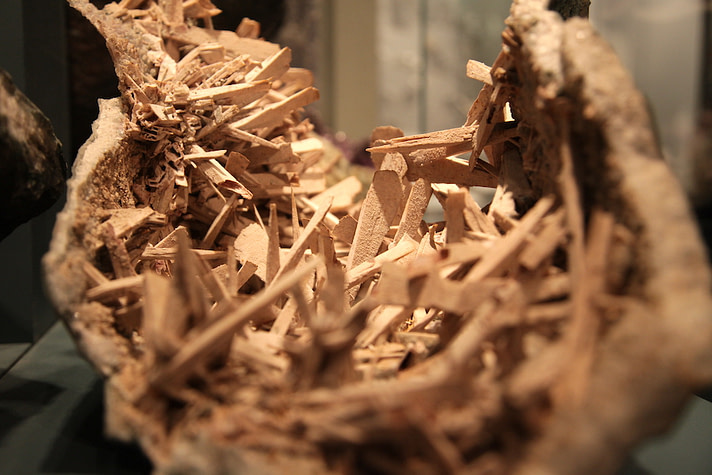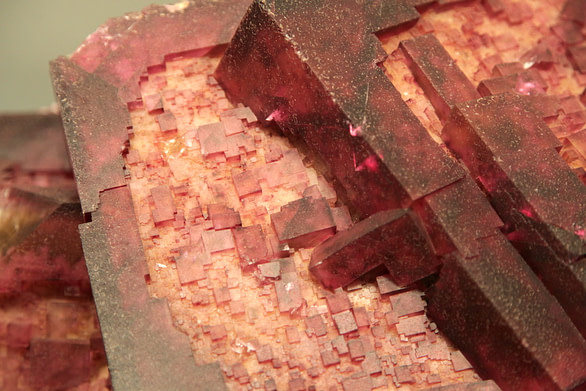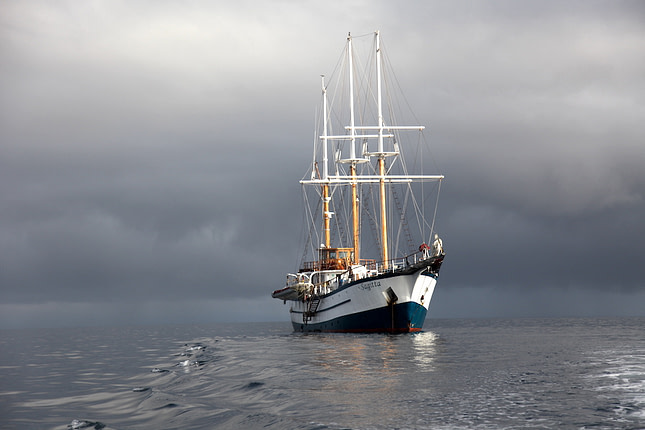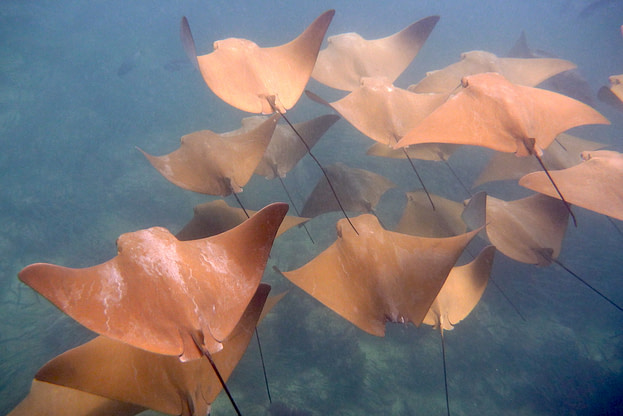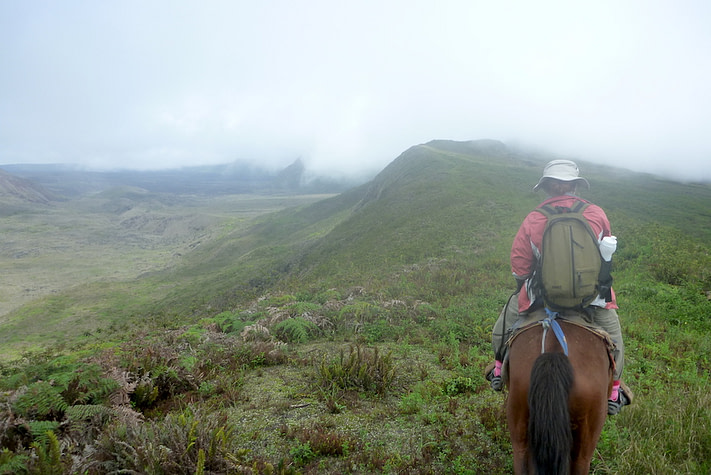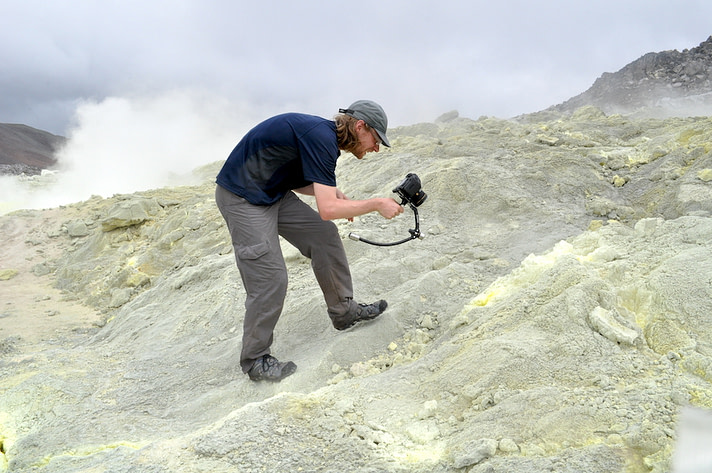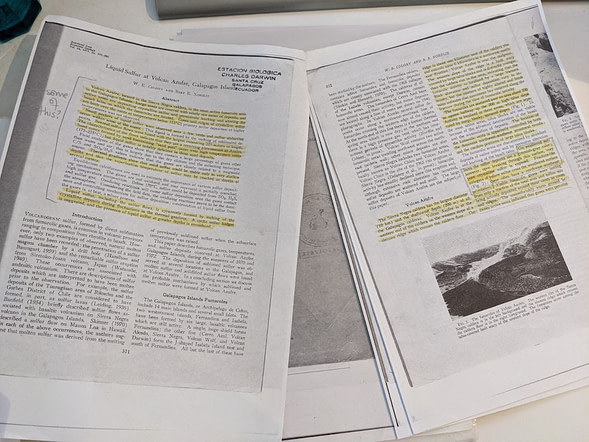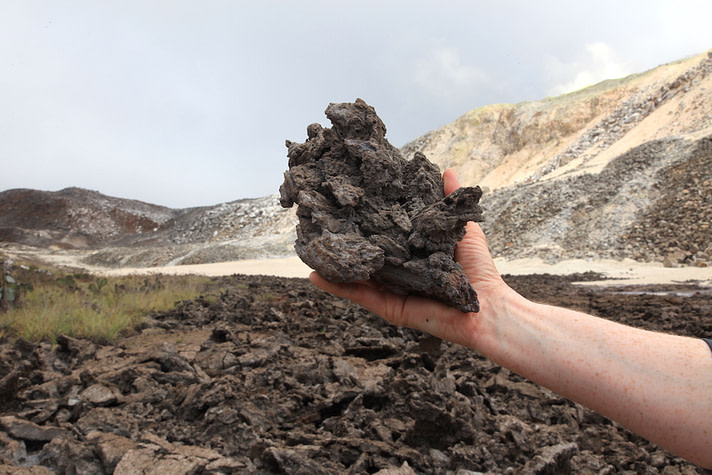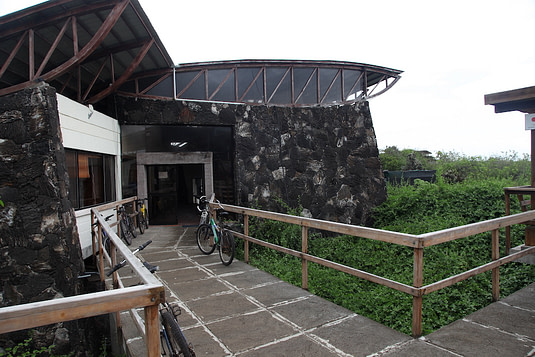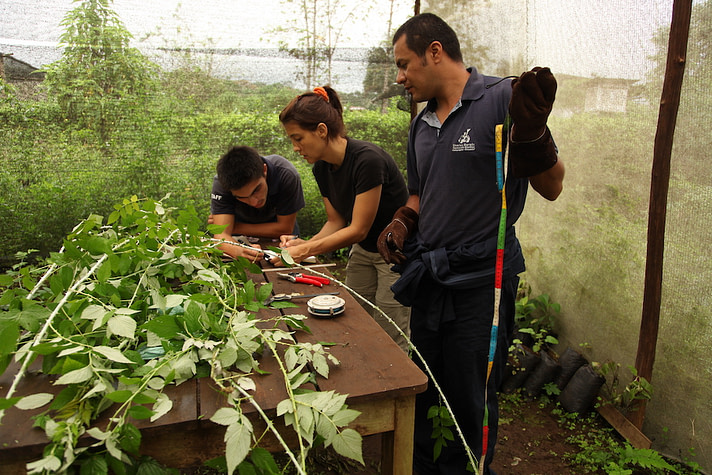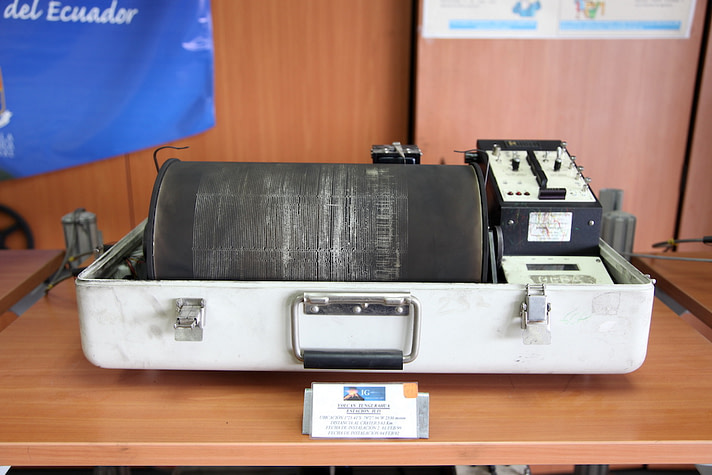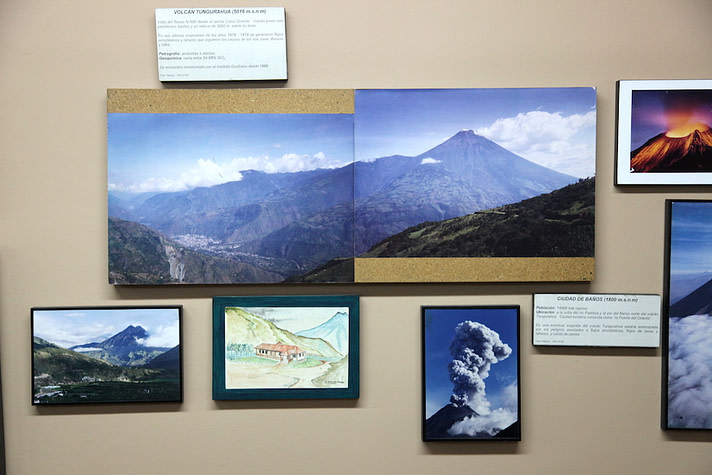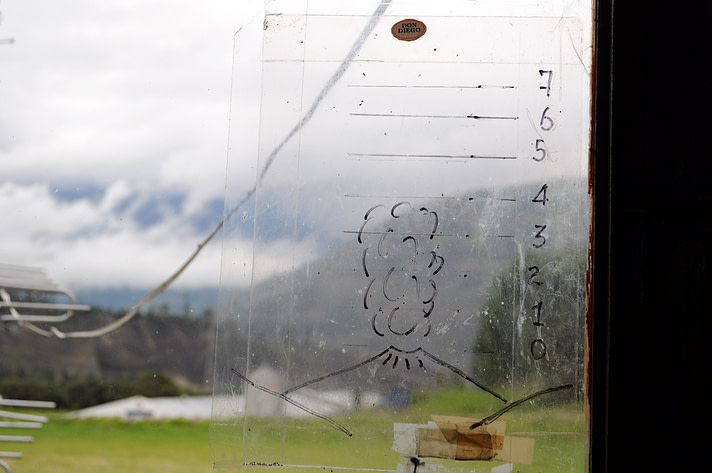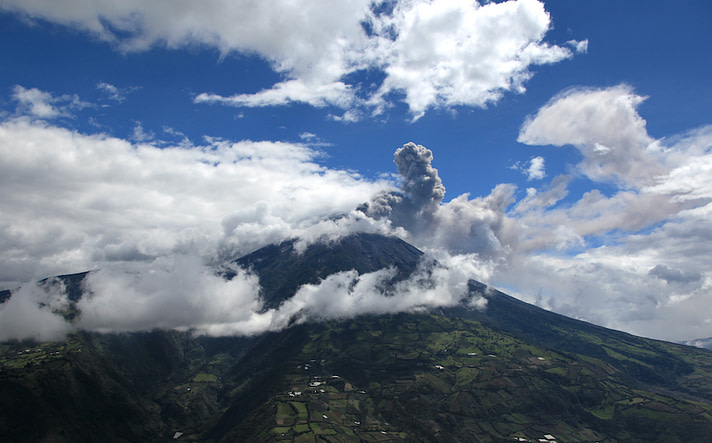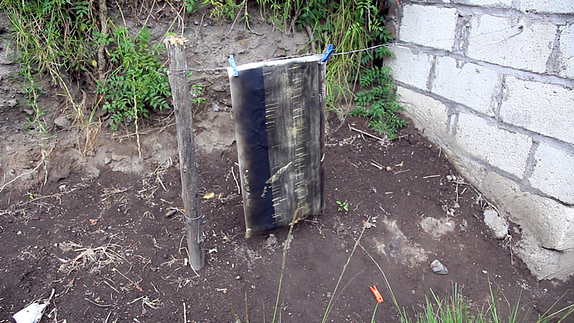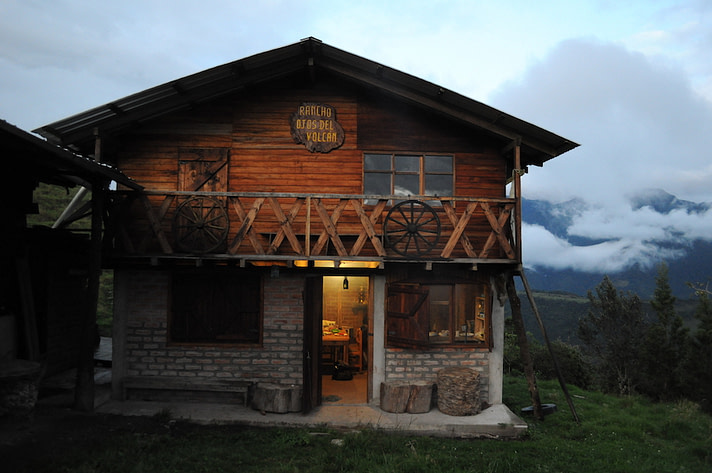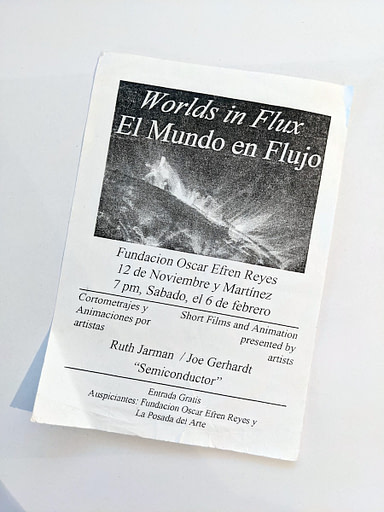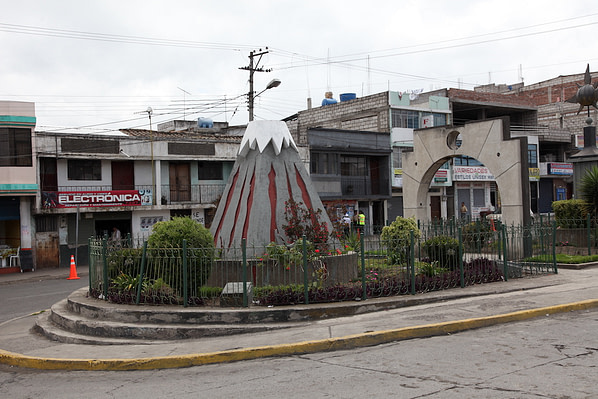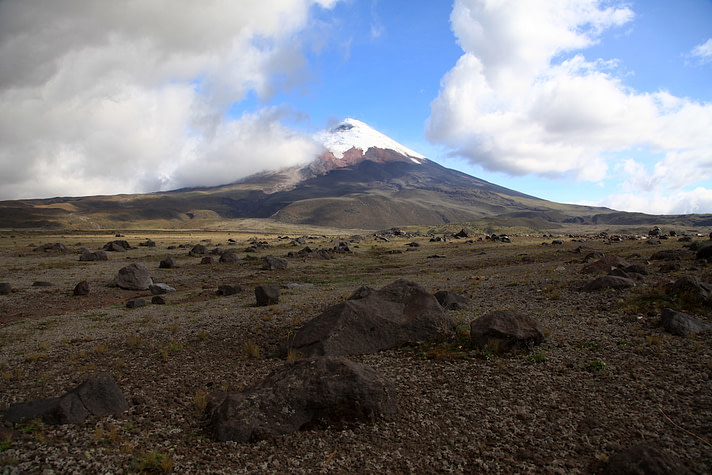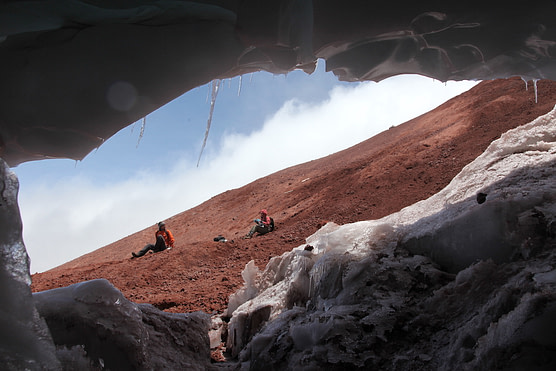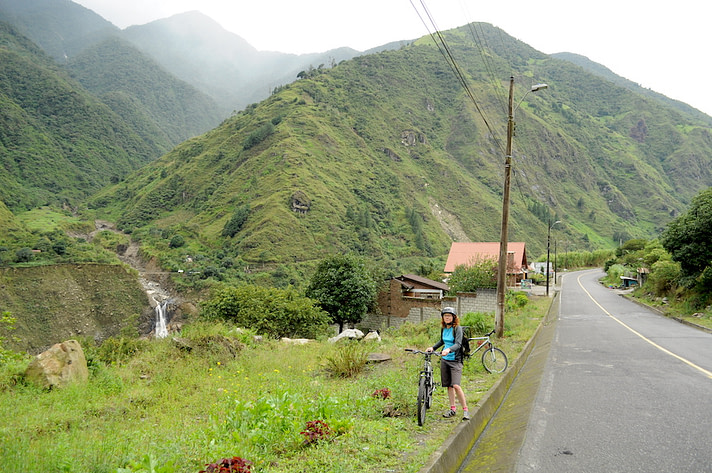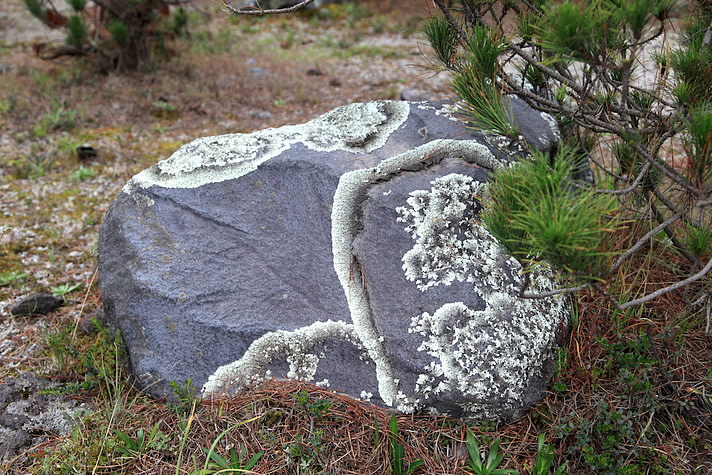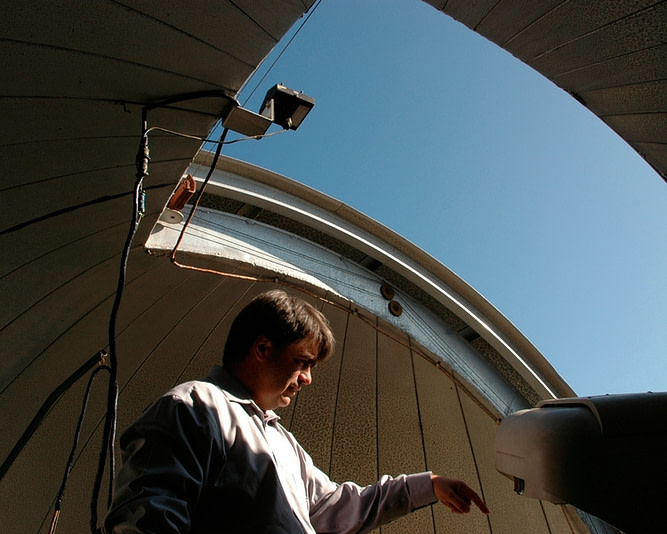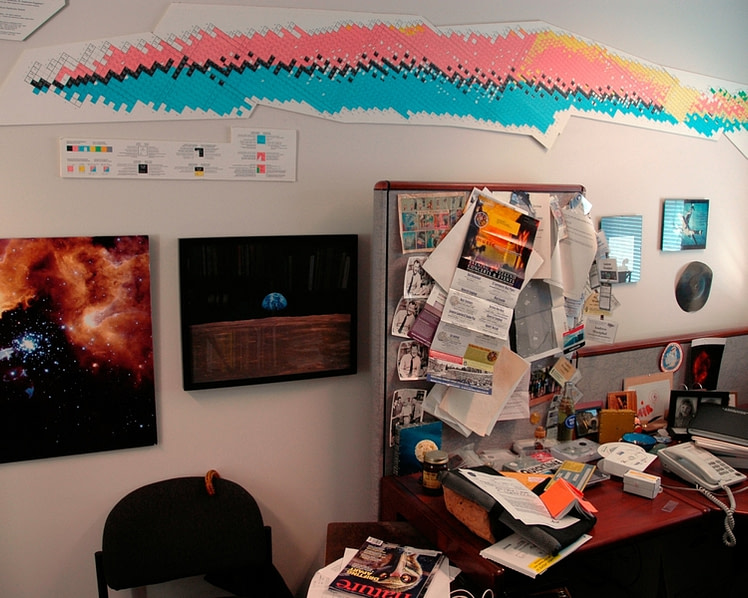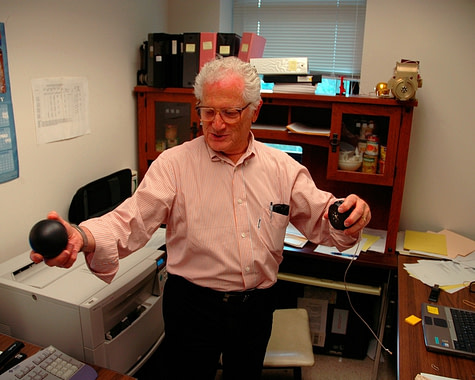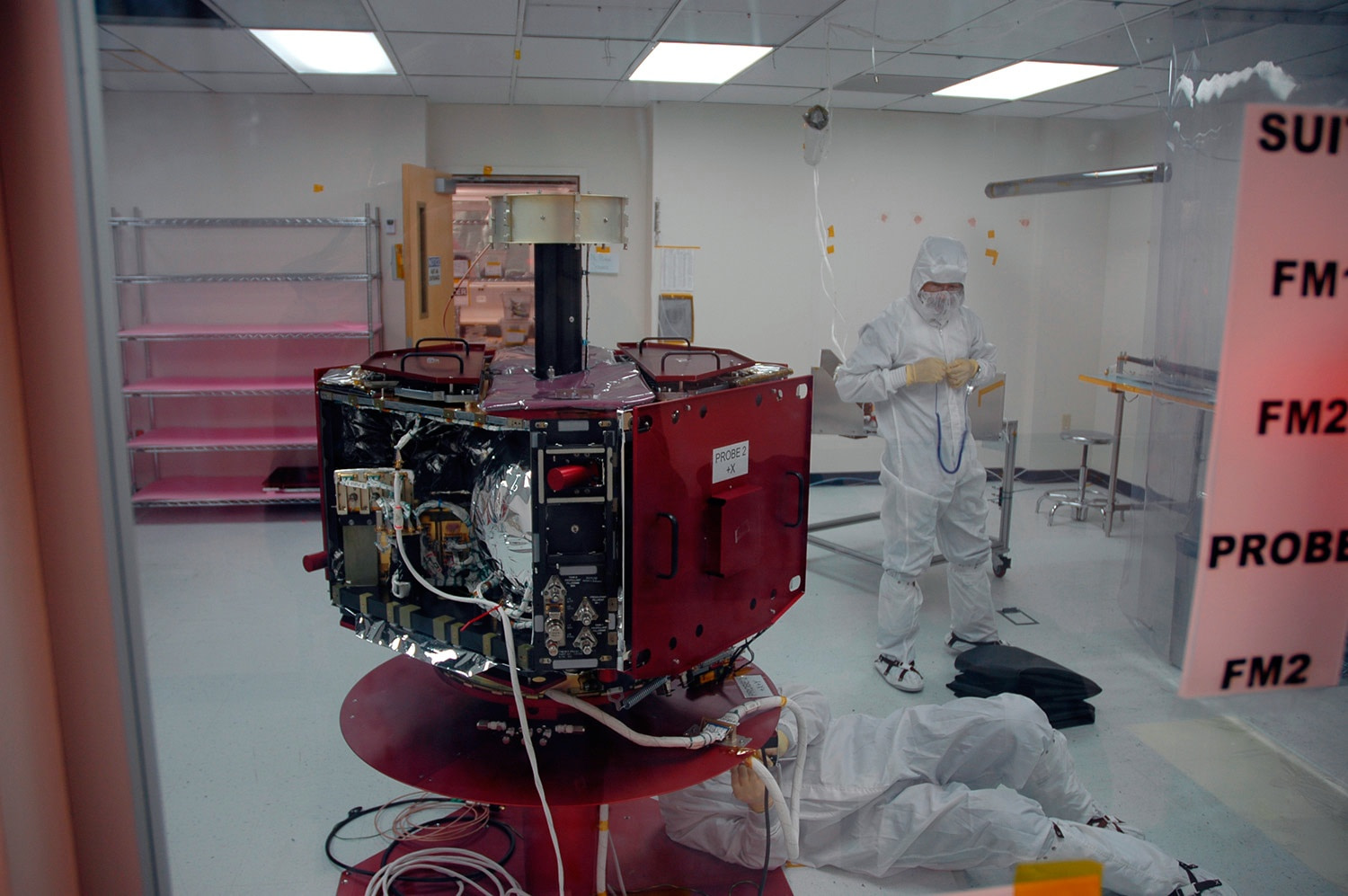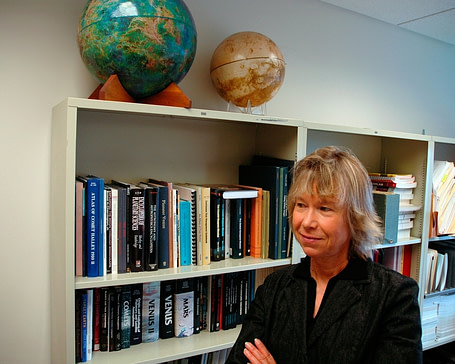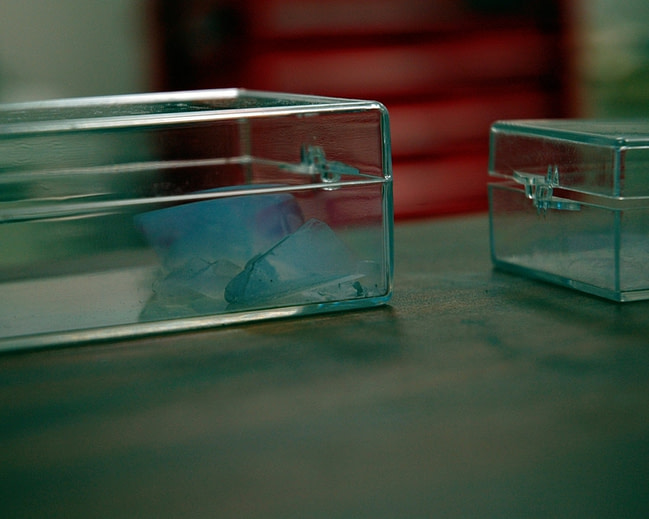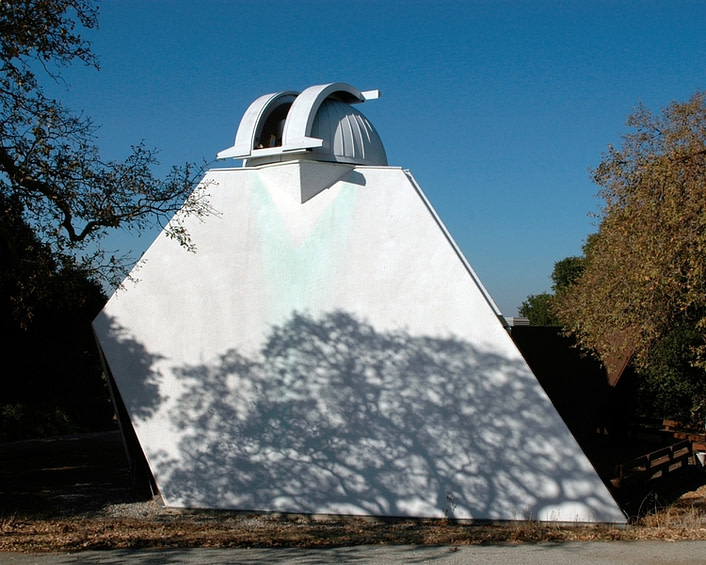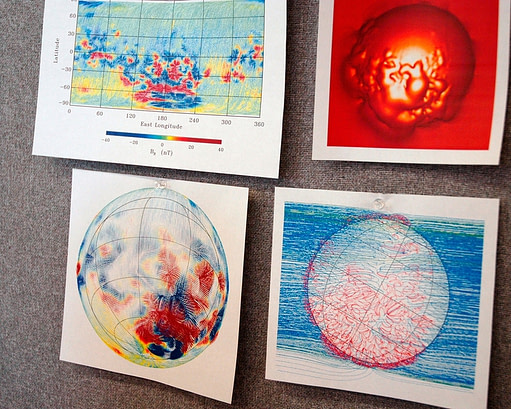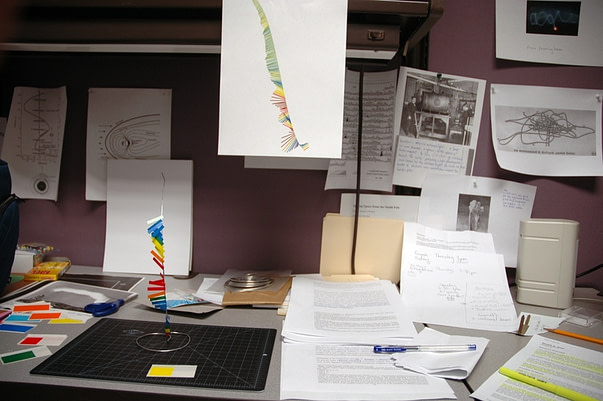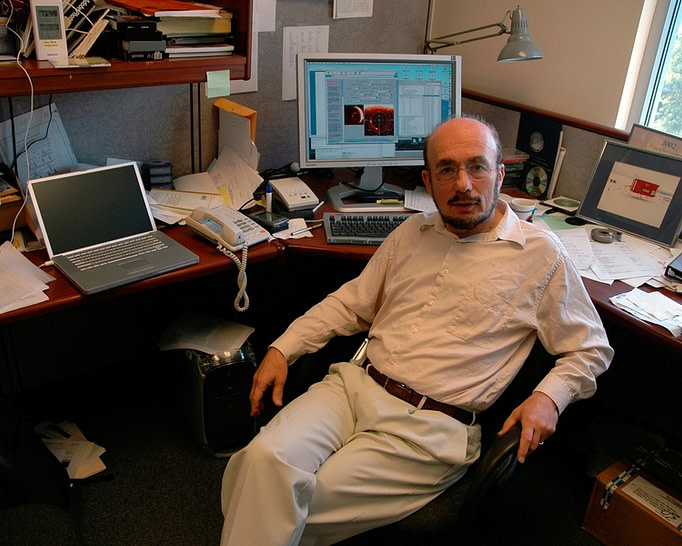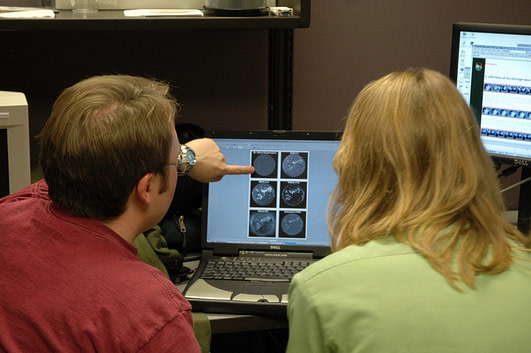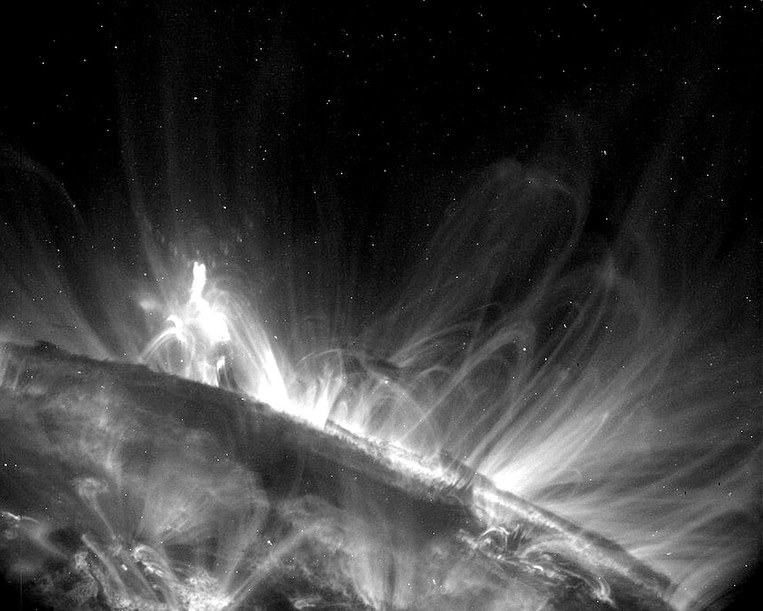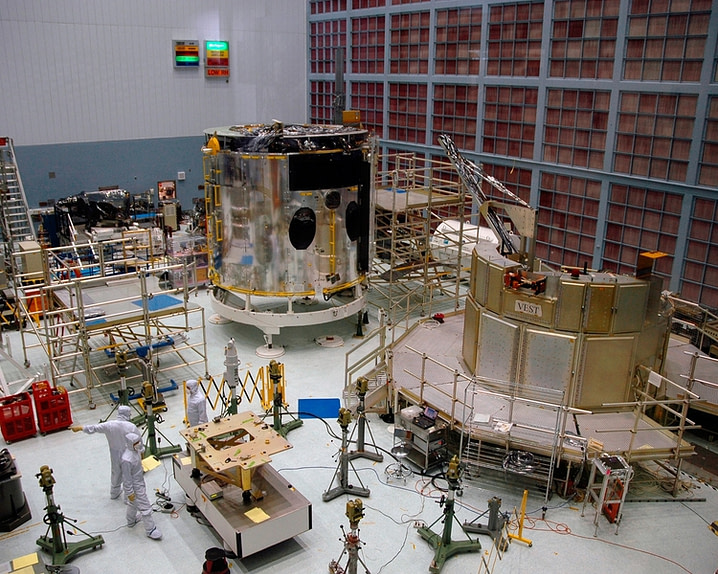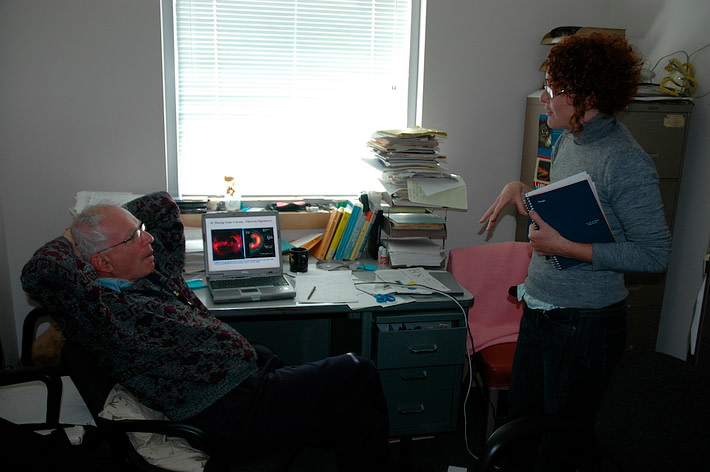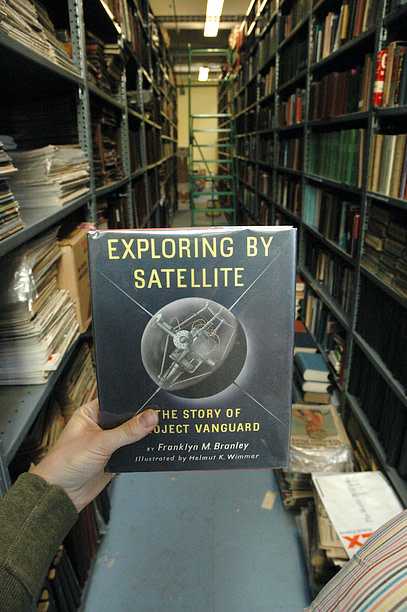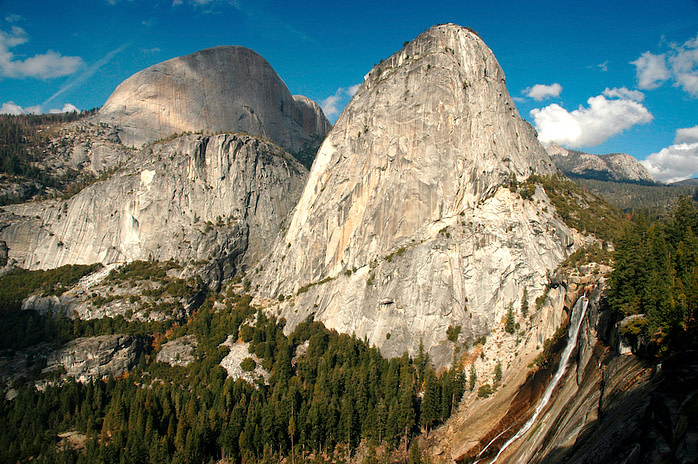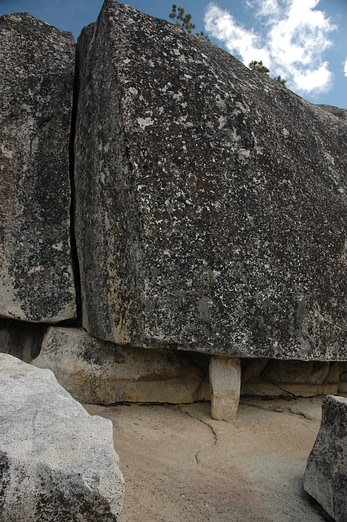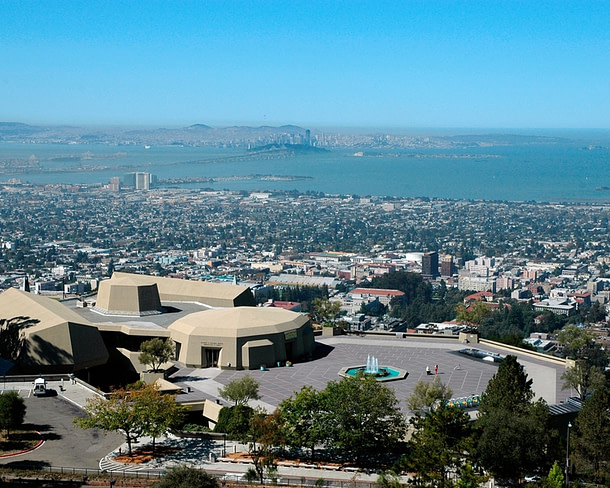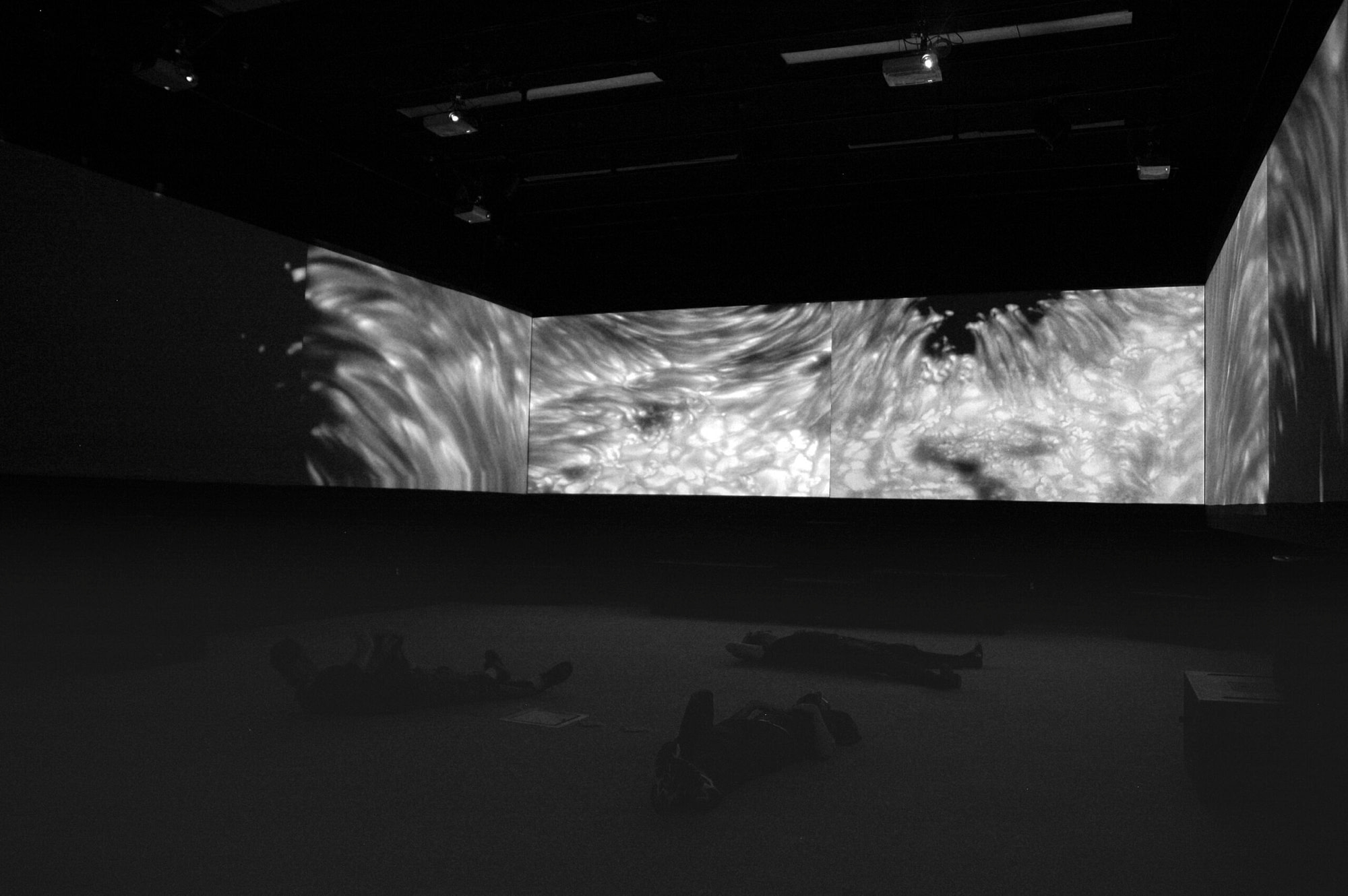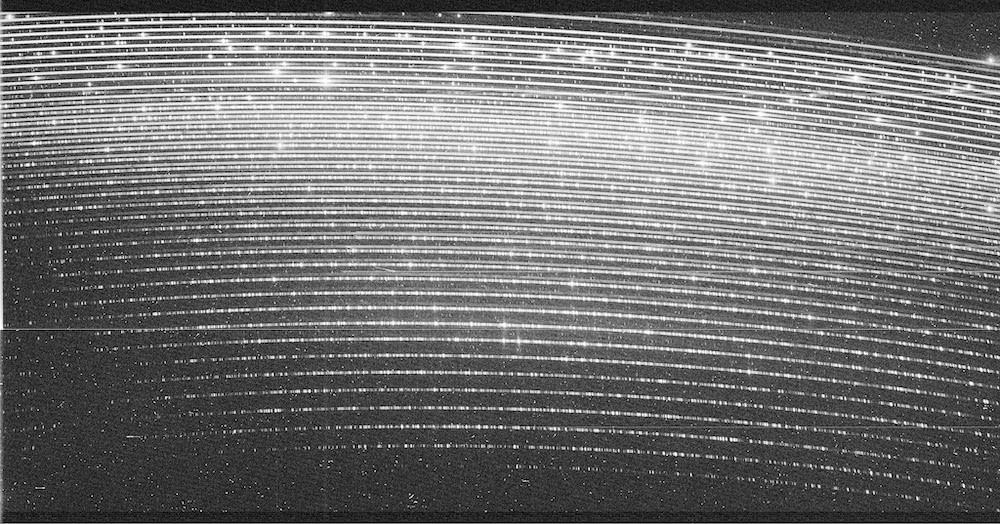
Over a period of 2 years, from 2019-2021 we were artists in residence with the Planet Disk Connection Group, University of Dundee, Scotland. We visited and met with scientists whose research explores planet formation environments, and carried out research at our studio.
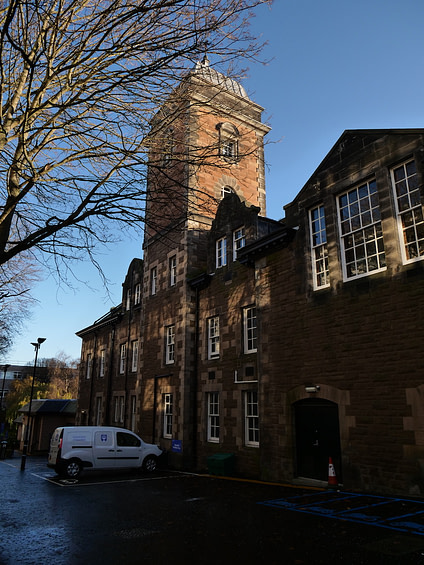
As well as trying to absorb the overall scientific and technological approach, we filtered areas of specific personal interest; the methods used to capture light from distant stars, the processes it goes through via layers of physical translation, the data that is produced, what the data can tell us and how the team employed time in their observations. In our artworks we’re interested in creating experiences of the matter being studied framed through the scientific and technological devices that are used to study it. We do this to not only explore the capacity of humankind to create an understanding of the physical world but to reflect on our place in it. We were interested in the processes, tools and devices used to study the matter as much as the matter itself.
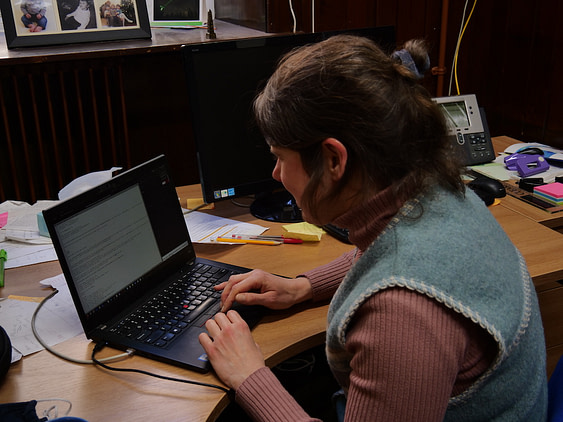
We spent time with the PDCG researchers, absorbing their modes of working, particular areas of interest and inquiry. This sketch which Aurora Sicilia Aguilar (University of Dundee researcher in star formation and protoplanetary disks) used in one of her presentations, became one of the touchstones for our early research. It shows how ‘shadows cast by material very close to a star can be projected onto the surrounding nebula as if it were a giant screen’, we are shown a ‘view from Earth’ and a ‘side view’ from some position in space. This idea of viewpoint is something we are always fascinated by, how we are bound by our physical positioning on planet Earth rotating around the Sun, or by our sensory limitations in only being able to see a portion of light waves for example. We reflect on how these impact our everyday experiences of the physical world, this often involves stepping outside of ourselves and intentionally entering a space of unknowing.
In our studio back in Brighton we researched the science and technologies behind spectroscopy and more specifically the spectroscopic instruments whose data the scientists analyse in their research. These include the HARPS and FEROS spectroscopes, located at La Silla Observatory, Chile. (We were due to visit these in November 2019 for another project, which was quite serendipitous, but it was unfortunately cancelled due to the Chile uprising.) It’s quite easy to access all the hardware and technical documents once you start searching and they’re invaluable for getting a thorough understanding.
Our research took us down many paths, including looking into waveguides, prisms and optics, ways of guiding, dispersing and projecting light. We like to thoroughly pick apart the scientific and technical process as part of our research, not only to get a good understanding of the subject we are working with, but to have a good handle on the raw materials to build with, from the ground up. This way we can draw together multiple strands in an intuitive way informed by the research.
We explored the European Space Observatory (ESO) data archives, accessing and learning about the spectrograph data from a wide range of ESO spectroscopes. This involved trawling through archives and learning about the different techniques for presenting spectroscopic information collected of light from forming stars and planets, as visual data.
We created a log of observatories, instruments, calibration processes, spectrograph techniques and targets used by Dundee.
Spectrograph of target Ex LUPI taken by the SINFONI (Spectrograph for Integral Observations in the Near Infrared) instrument at the European Space Observatory, Chile. Each instrument collates the dispersed light in a differing visual configuration, which lays the capturing process bare.
Post-doctoral researcher Justyn Campbell White took us through spectral numerical data; what it is, how it exists and how we can access it. We learnt about the software he’s creating to compare information from the same target over periods of time, this is the key to resolving information about structures around young stars. The waveform plots flux or light intensity over light wave.
In the studio we accessed numerical waveform data for different targets and instruments and comparing, to get a good understanding of it. We gathered materials, data and techniques to experiment with, considering the numerical data as a way to bring time into the process, using the flux to give rhythm.
To create Spectral Constellations, the work which evolved from this residency, we employed animation software which we can realise in real-time. This new software was quite different to the software we had used previously, which was laborious and time-consuming, requiring the rendering animations, it’s more immediate and lent itself to a feeling closer to sculpting light, with instant results to programming and manipulation. Our practice always sees us pushing the technology we use to learn its limitations and find a space where our own language can emerge. Into this software we introduced some of the emission line data we collected during our research to see what it brought to the table both physically and conceptually. We also played with introducing other external materials which guide and manipulate the light based on the capturing techniques scientists employ to study light emissions.
The STAR-MELT paper that the scientists have written on the software they have developed to study emission lines of young stellar objects was accepted for publishing while we were on our residency. This helped consolidate and reinforce our research, focusing in on what’s important in their endeavour and describing the technicalities of how they work with the data they collect. It also introduced a new way of working with the data over time. This paper becomes instrumental in setting our direction of investigating the spectral data as a physical material to work with – light and time in the form of animation.
The residency culminated in the creation of a three LED panel artwork. The LEDs display generative animations, driven by scientific data of young stars. Taking the Spectroscopy data of gas and dust structures around distant young stars, which comes together to form planets.
We worked directly with Spectral data from the European Space Observatory archive (http://archive.eso.org/)
You can read more about Spectral Constellations here.
